please remember you can click on a photo to see a larger version & highlighted text are links to additional information
Unfinished Business
You didn't think we'd give up, did you? Over the last few years I've written about our continuing search for an elusive ancient rock art site. Our seventh "expedition" to search was back in November 2020. One item was left to find so continuing the search was a good goal for this short trip. We don't give up.
Our usual routes - highways 88, 89, 395 - to the east side of the Sierra Nevada and the White Mountains were closed due to the Tamarack Fire. This necessitated a long detour out into Nevada prior to heading south. We were still able to be set up in the high canyon in the northern White Mountains by mid afternoon. The sky was clear of wildfire smoke and clouds were building.
Rain drove us into the camper just as we finished dinner. We waited out the rain with doing the dishes and a round of Scrabble. The Lady whooped me good. It cleared enough to chance an evening walk. The sky and light were dramatic and the temperature was delightfully cool. The scent of sage was intense, stirred to life by the rain.
Morning light was subdued with high clouds to the east over the Great Basin.
Our information about the rock art site was scant. Here's a piece -
"A large flat midway up the canyon contains five rhyolite boulders covered with abstract and representational figures,"
We had found much more than this, but one petroglyph described in the research paper still eluded us. Our search began after breakfast.
Every flat surface was snow covered our last time out here so we were delighted to find several of the flat rocks had grinding mortars.
We also found an abundance of obsidian flakes on the ground from point and tool making. Although the majority of the obsidian was jet black, many pieces were of mahogany obsidian. This excited us because we have visited a source of mahogany obsidian in Queen Valley on the other side of the range. Here is a broken arrowhead of mahogany obsidian we found and it, of course, remains in place where we found it.
We relocated all of the large rhyolite boulders we had previously found.
We also found a work station with a view and deeply worn surface.
But after a two and a half hour thorough search, we still had not found the missing petroglyph. Here is the description and why we were determined to find it.
"One of the most striking panels is a sunburst nearly 1.8 m (6 ft) across. It is located so that the viewer looks down-canyon to the east and toward the sunrise at the same time as viewing the panel" additionally - "When looking at the panel, the observer is facing east, down-canyon, toward the ........... The sunburst glyph rises out of a long groove that matches the skyline"
After a lunch break we returned to the search area and began anew. We searched and covered every piece of ground once, twice, three times. We don't give up. We reviewed all of the boulders and petroglyph panels we had found.
We were especially intrigued with this set of boulders with a rock alignment in front.
We were also intrigued with the different glyphs with concentric circles.
After another 2.5 hours we still did not find the sunburst we sought. I shared my thoughts with the Lady.
"We are missing something. We have searched everywhere and found everything mentioned in the research paper. What's up?" The Lady nodded in agreement. I continued, "It is here. We've missed it. We've got something wrong or that research paper's got something wrong. It is here somewhere."
We shared our bottles of water and pondered it all.
"None of the boulders have a view to the east." I began my thought process out loud.
"But there are no other boulders to be found. As the glyph is described, it is large. It has to be on a very large boulder. Let's return to the largest boulder we've found."
The Lady agreed it was worth a try and we set off again. We had marked and saved the coordinate locations of every item we found, but by this time they were not needed. We knew the area like the back of our hands.
We returned to the boulder. It sits in a grove of pinyon pines, as do all the other boulders. There is no view down canyon. We walked over to its west side and looked. It was old, it was faint, most of its grooves were filled with lichen, but the sunburst rising sun was there. We had found it.
And we had also found it back in November - even included a photo it can be seen in (to the left) in our blog story - but had never realized it.
We had a good laugh over it all and we celebrated our success.
It was quiet here. Only one vehicle had driven up the road early in the morning. We had seen no one the previous day. Rain came earlier this late afternoon, shortly after our showers, as we were relaxing. The chairs were stashed under the truck and we made and ate dinner inside the camper. Thunder boomed and echoed in the canyons. The storm was centered over the canyon to the south. Rain drops splattered on the roof. The smell of rain was intoxicating, so fresh and vibrant. The earth smelled wet and alive. And the sage? Oh, the sage.
The Lady was determined to get in an evening walk. She loves to be outside and she had found patches of coyote mint I knew she wanted to roll in. Her eyes were glued to the windows as the storm broke.
"Let's go!" she announced as the splattering ceased on the roof. Off we went. We made it about a half mile before the clouds opened up again. Remember the Lady is rehabbing her recent knee replacement? She is just starting to take walks on uneven terrain. No way can she run. We got good and wet, and like finding that sunburst rising sun, we laughed about it.
Since I mentioned the ongoing knee rehab, at the beginning of our stay up this canyon and with the rain she announced, "I figured out how I can do all my exercises in the camper!"
We woke the next morning in the cool clean air. We had slept so well.
"What should we do today?" the Lady asked. She had been so focused on those five boulders she hadn't thought any further.
I answered, "We can drop into Fish Lake Valley and head south and hit 168. We can take that back up into the Whites and make another stop at White Mountain City........"
"And look for the arrastras!" she shouted as she happily interrupted. I had no doubt I'd get this reaction.
After topping off the gas tank in Fish Lake Valley, Nevada at $4.82 a gallon, we arrived back at the remains of White Mountain City.
Our friend, The Sagebrush Reconnoiterer, after our first visit to White Mountain City last November, asked, "Did you see the arrastras?"
An arrastra is a primitive method used to crush rock. For explanation, here's a link to our friend Aaron's Western Mining History website - Arrastras.
When we answered Sagebrush in the negative, he offered a Mr. Phelps Mission Impossible style challenge and added, "I could send you the coordinates but know you wouldn't want them."
Light the fuse and start the theme music.
The remains of White Mountain City are fascinating to wander through.
Here is the first arrastra we found.
Several drag stones remain on site.
We found another small arrastra close by with impressive drag stones.
We continued our search, each of us taking different areas. "Here's a good one!" the Lady announced and called me over to see. "I found this one!" she said.
She whooped me in Scrabble but at least we tied in arrastra finding.
More unfinished business was taken care of, and mission accomplished. Thanks for the challenge Sagebrush Reconnoiterer!
Addition: After publishing this story, we heard from our friend the Sagebrush Reconnoiterer, - "Well, Mr. Phelps, it appears that you have found an arrastra that I don’t recognize or remember. Now I have unfinished business."
Note - several of the Reconnoiterer's photos are used in the link above for White Mountain City.
I want to add an important aside to this story. If you've ever been curious why there's a primitive road up Silver Canyon and down Wyman Canyon, here's the reason. I hoped you have noticed in the White Mountain City photos the power poles in the background. They run all the way up Silver Canyon on the west side of the White Mountains and down Wyman Canyon on the east side of the Whites. This power line is of great historical significance. In 1905 a hydroelectric power plant was built on Bishop Creek in the Sierra Nevada west of Bishop to supply electricity to the growing mining towns of Nevada - Goldfield, Tonopah, Rhyolite. Along with the generation plant one of the longest power lines in the world at the time was constructed up and over the White Mountains and into Nevada. Here is a link to an excellent article - Feasting on Power.
It was 90° in White Mountain City so it was time to head up to cooler temperatures. We started up Wyman Canyon but not before I handed the Lady a copy of a mid 1960's research paper I had found.
"There's something I'd like you to read in there about an archeology site." I pointed to the item. "It's somewhere in Wyman Canyon. We should look for it." I engaged four wheel drive and started up. The Lady started laughing.
"Why are you laughing about archeology?" I asked.
"Five boulders!" she said, almost in tears from laughing. "Another rock art site on five boulders! Do you know how many trips this could take to find?"
We made our first reconnaissance of potential search areas and discovered places where it is not. Progress. Do you think we'll give up?
We had lunch at the old Roberts Ranch in Wyman Canyon.
We reached the crest of the White Mountains mid afternoon, pleased we had seen or met no other vehicles on our drive up Wyman Canyon. It was Saturday but we were confident our usual dispersed campsite would be empty. It was.
Actually we were both quite pleased how few other people we had encountered this trip. Are people back to bars, amusement parks, events, and such? We sure hope so.
The clouds had rolled in all afternoon and the sky remained mostly overcast although we did not get any rain. We took a nice walk before bed.
And another nice walk at sunrise.
It was time to head back toward home. We dropped down into the Owens Valley and turned north on 395. We spent about three hours in the morning in the Bishop area in the near 100° heat. I had pointed out another item in that old paper to the Lady. We did not find it. We were returning home with more unfinished business than we started the trip with. That makes it a good trip.
We arrived mid afternoon at what we've called "Ted's Camp" for several years. A thunderstorm was banging away over the Sierra crest.
We sat outside in the cool weather. The mountain bluebirds were so abundant we have officially changed the name to "Mountain Bluebird Camp."
We walked in the evening, again tempting fate with the coming rain. I loved the light on the long lateral glacial moraine that we were camped on, marking the path of the glacier that carved the Virginia Lakes area.
We got back to the camper a few minutes before the rain began and we fell asleep with the drumming on the camper roof and smothered in the scent of mountain rain.
Sunrise the next morning revealed wildfire smoke was now pushing this far south.
Highway 395 to the north had opened that morning allowing us a shorter journey home but through the smoldering Tamarack Fire burn along the highway. So sad.
I expect we'll be posting more stories on unfinished business.

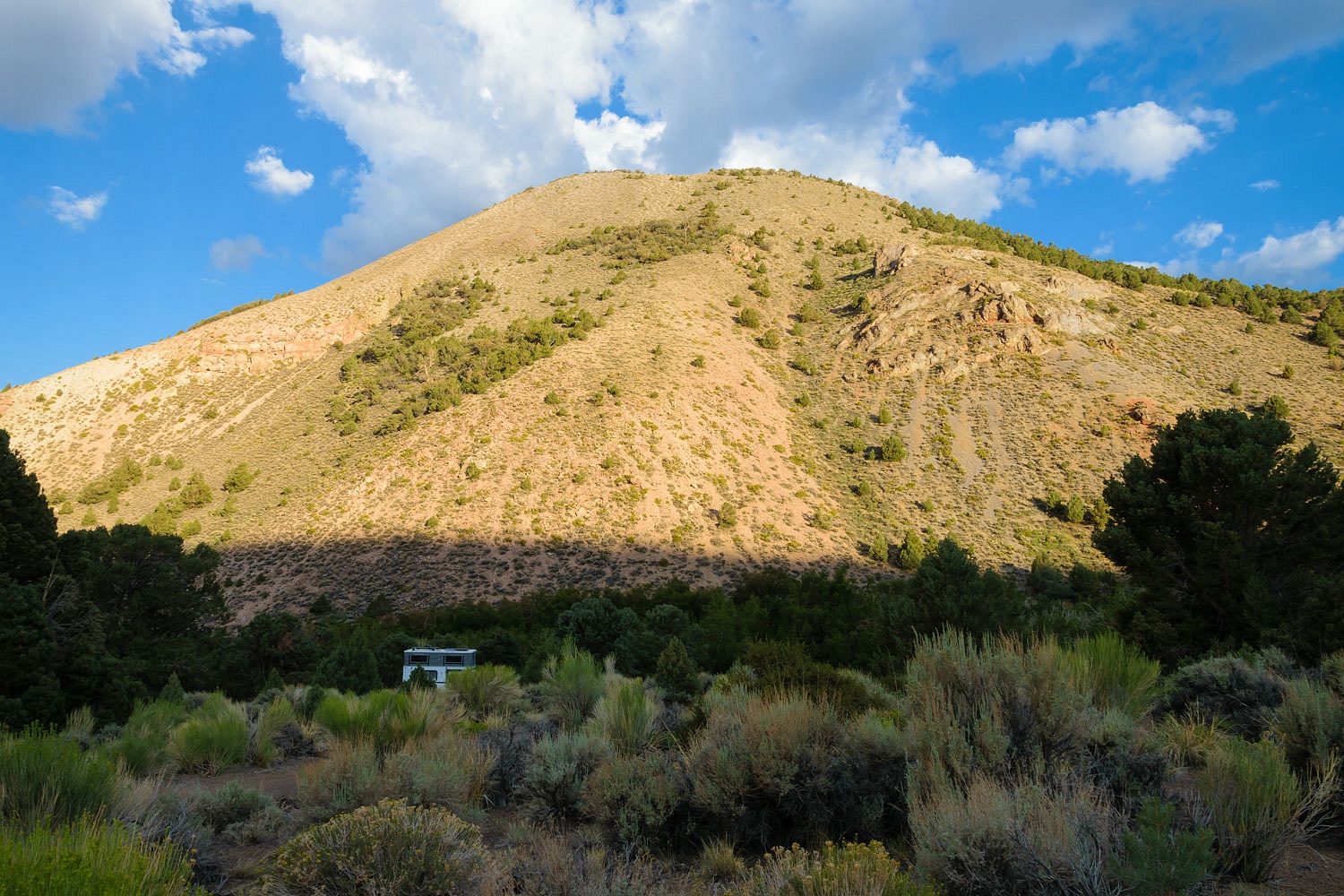
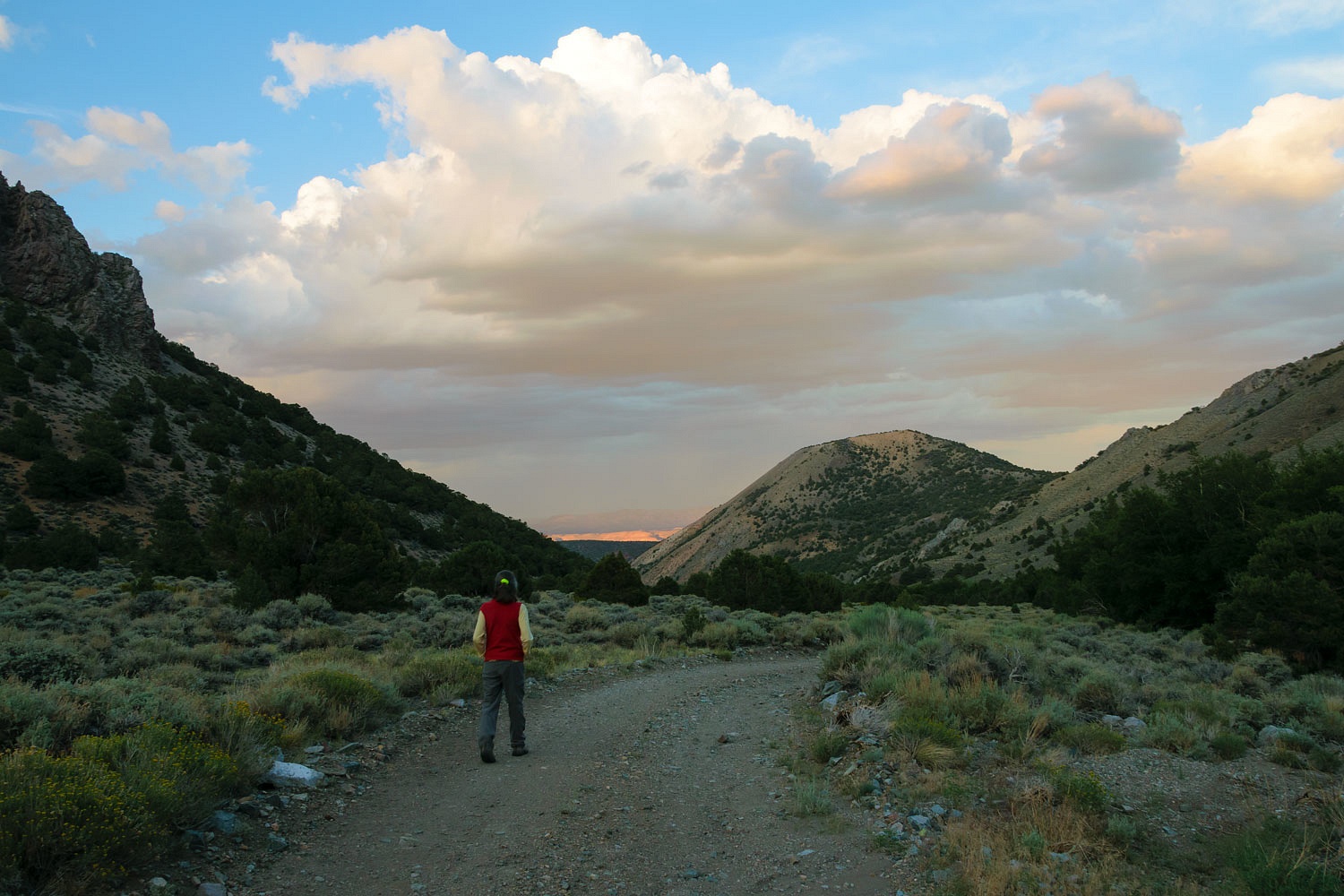
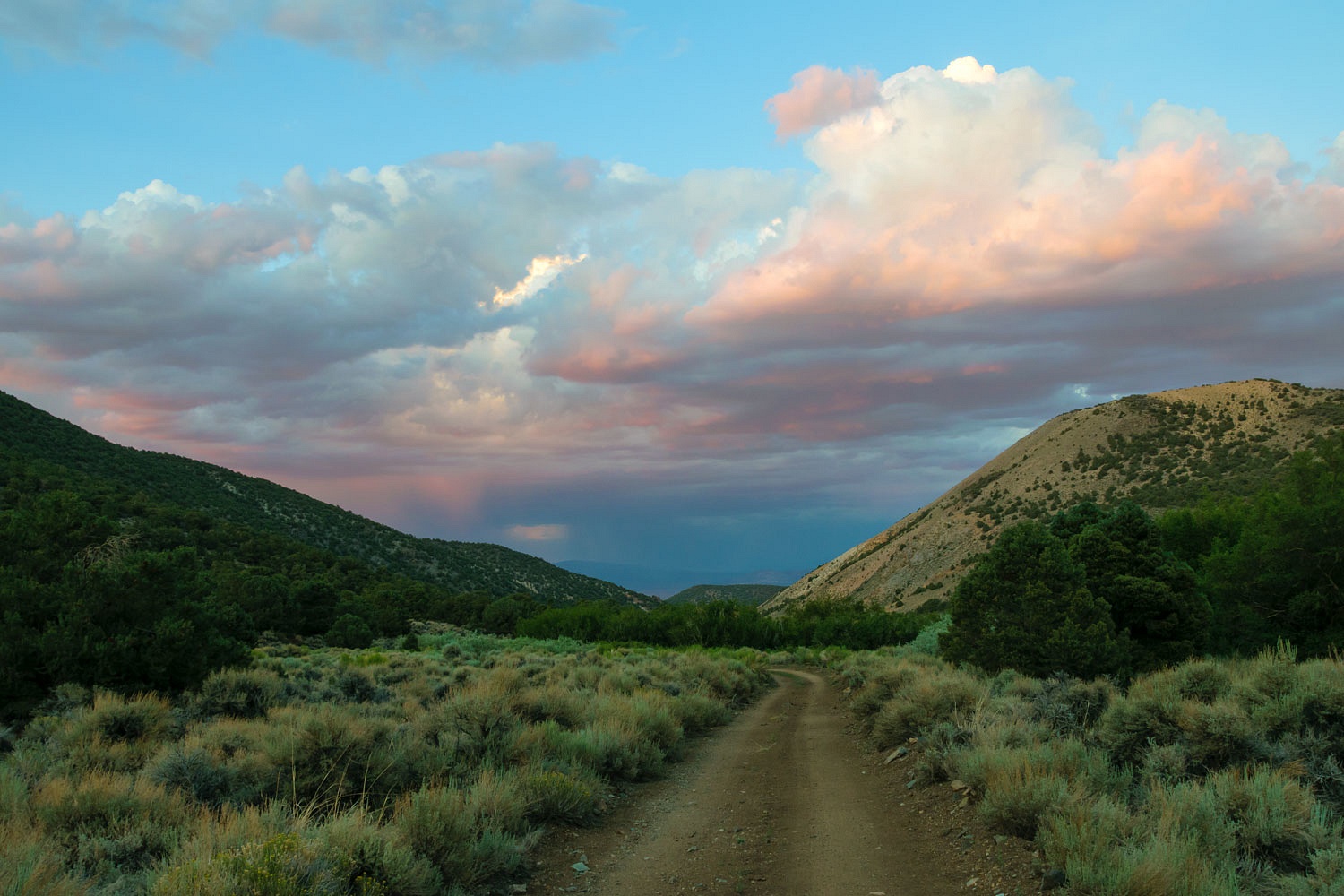
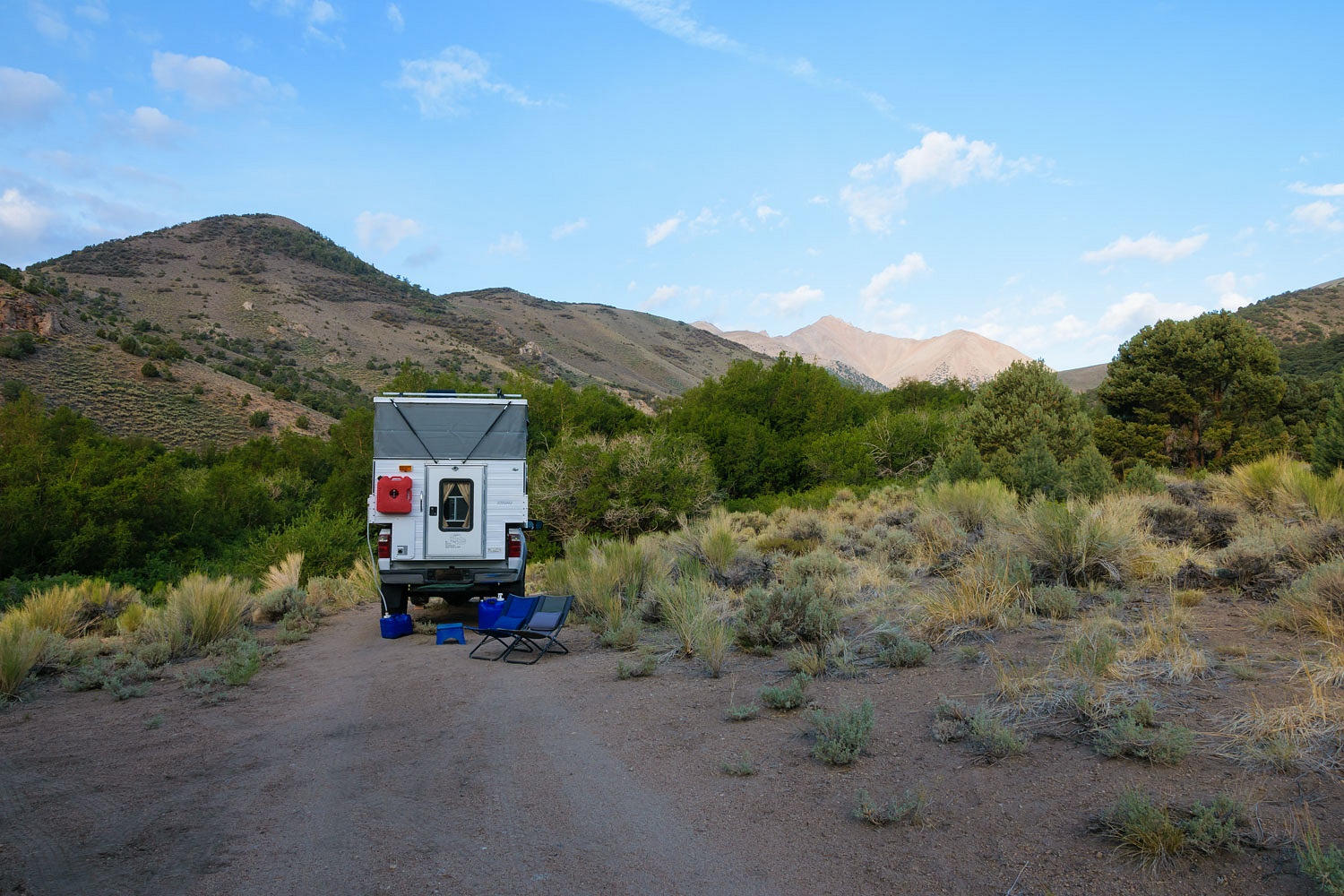
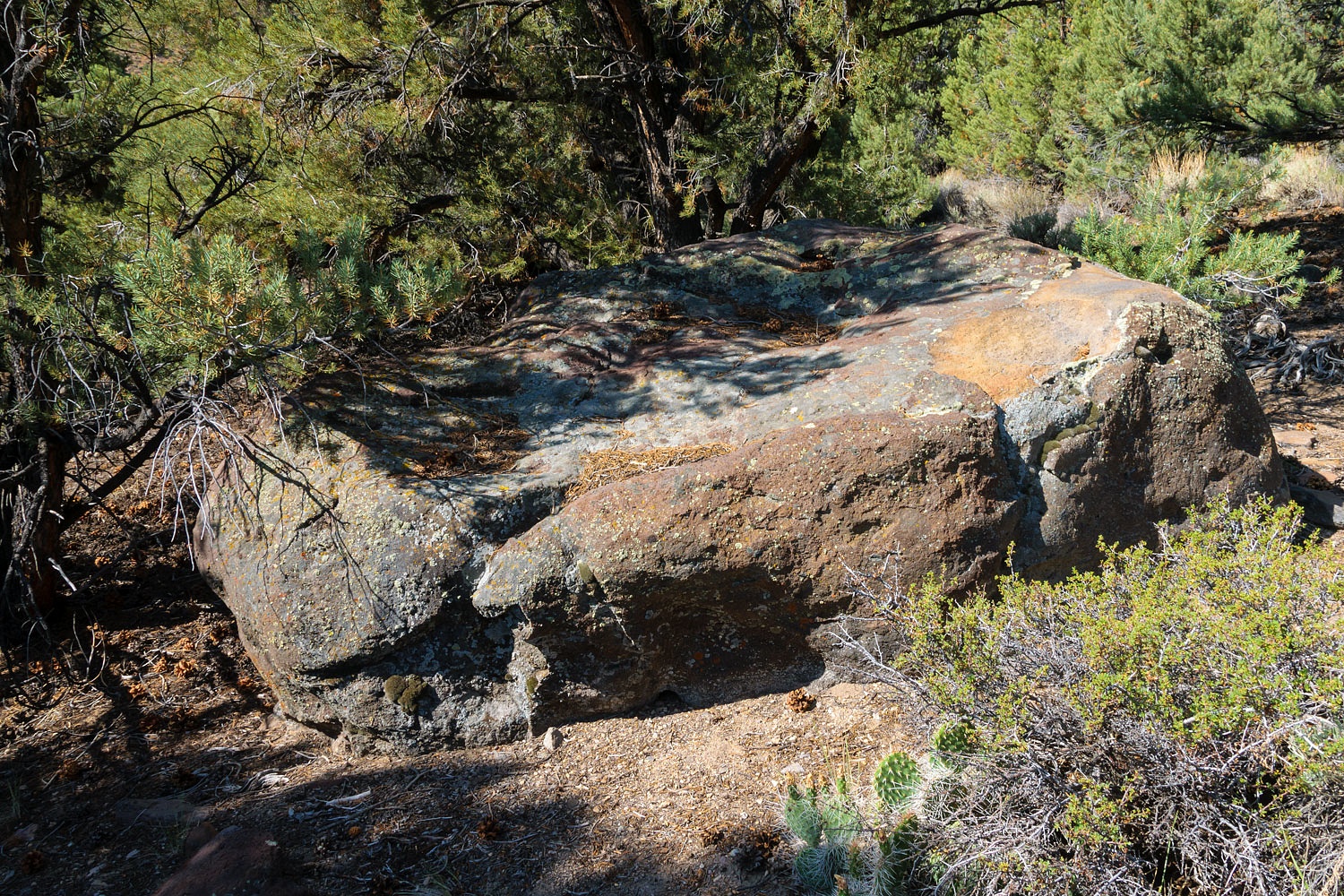
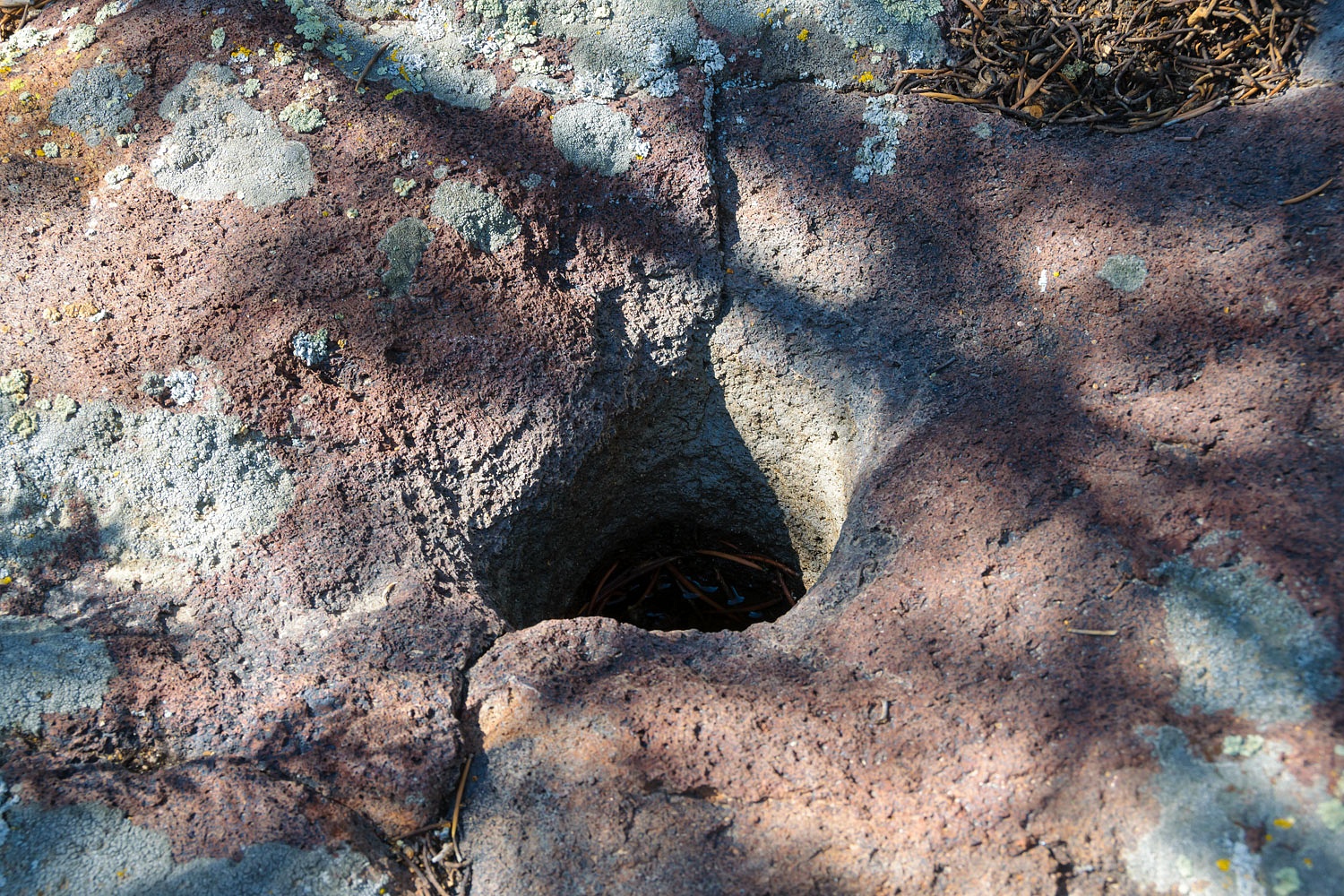
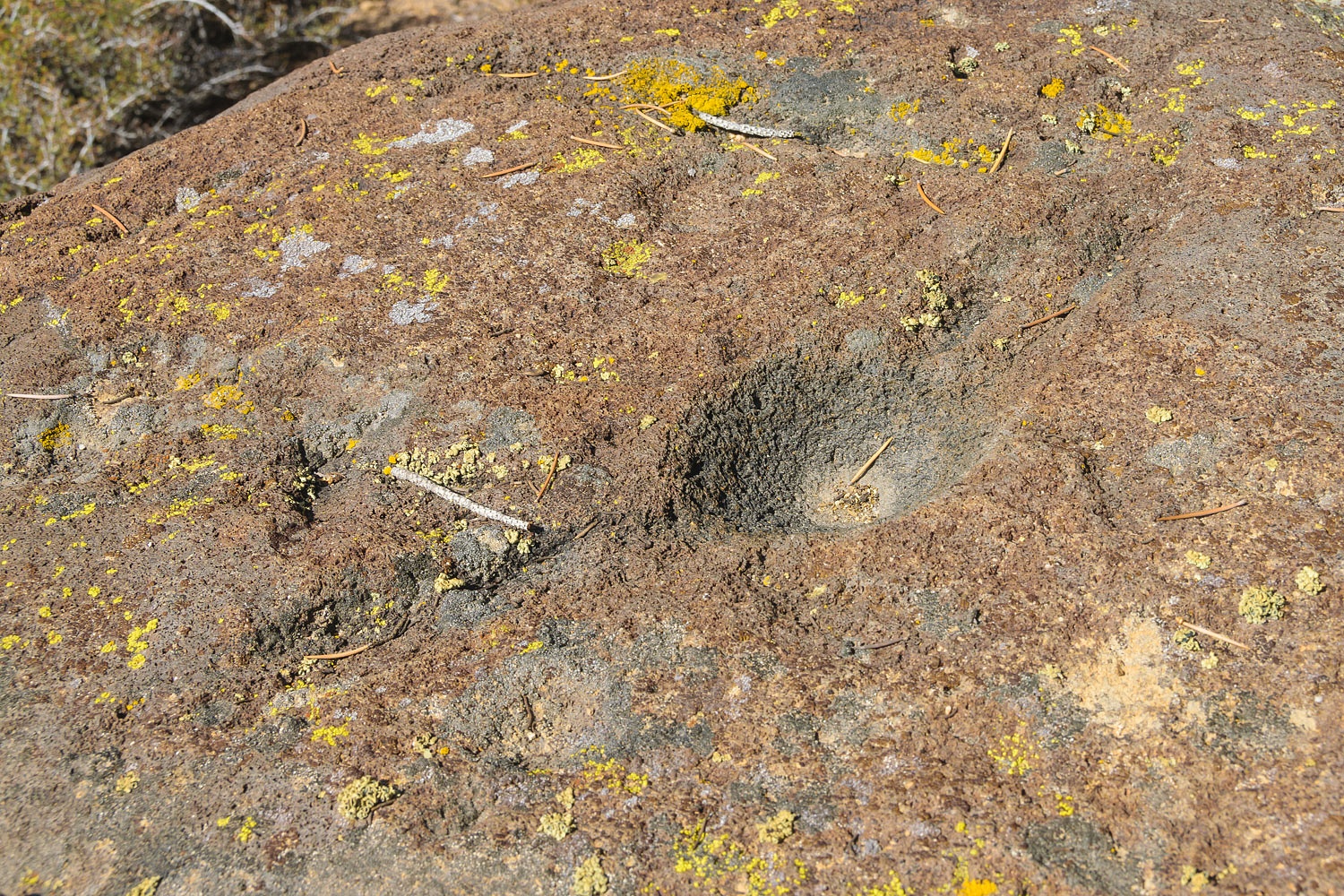
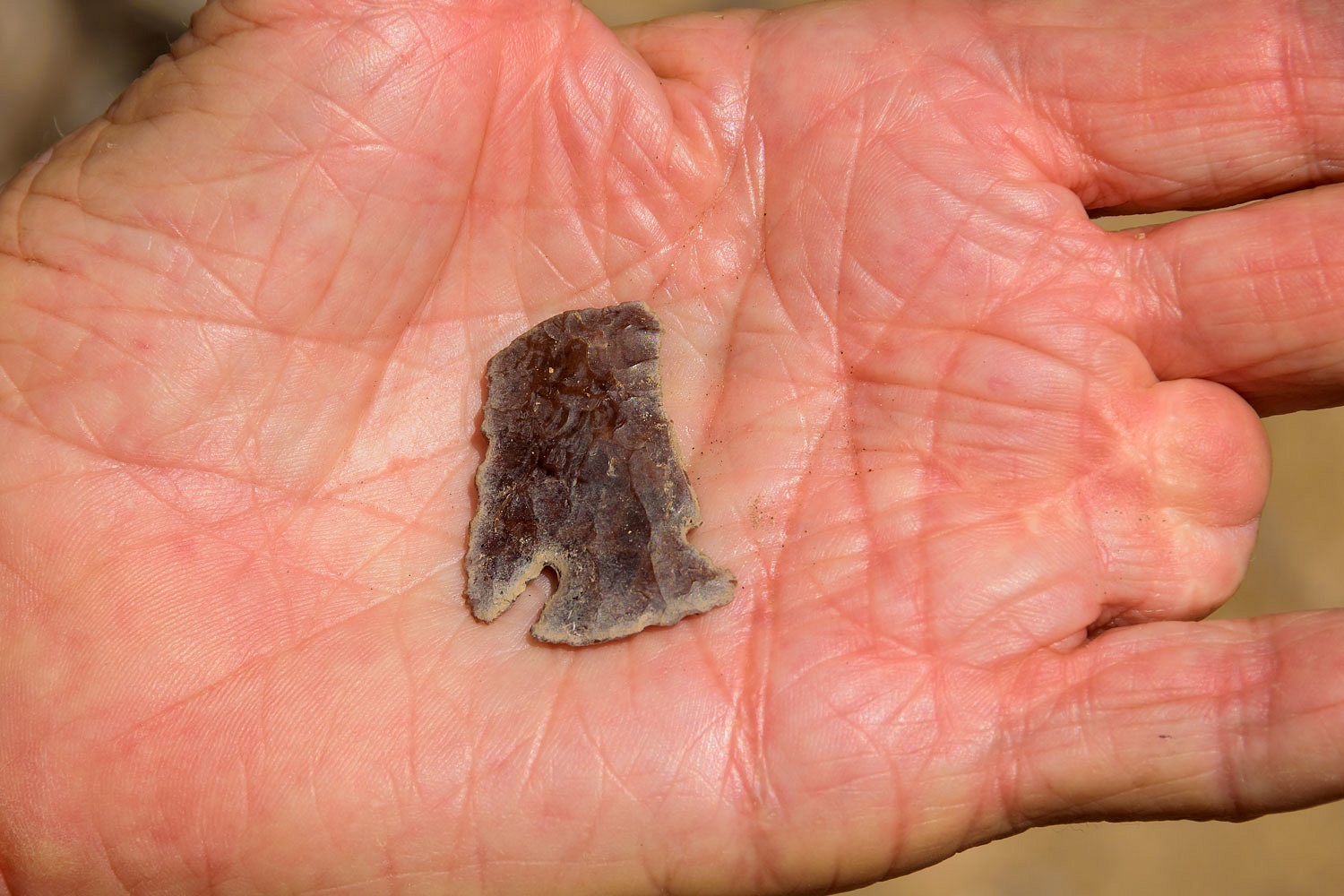
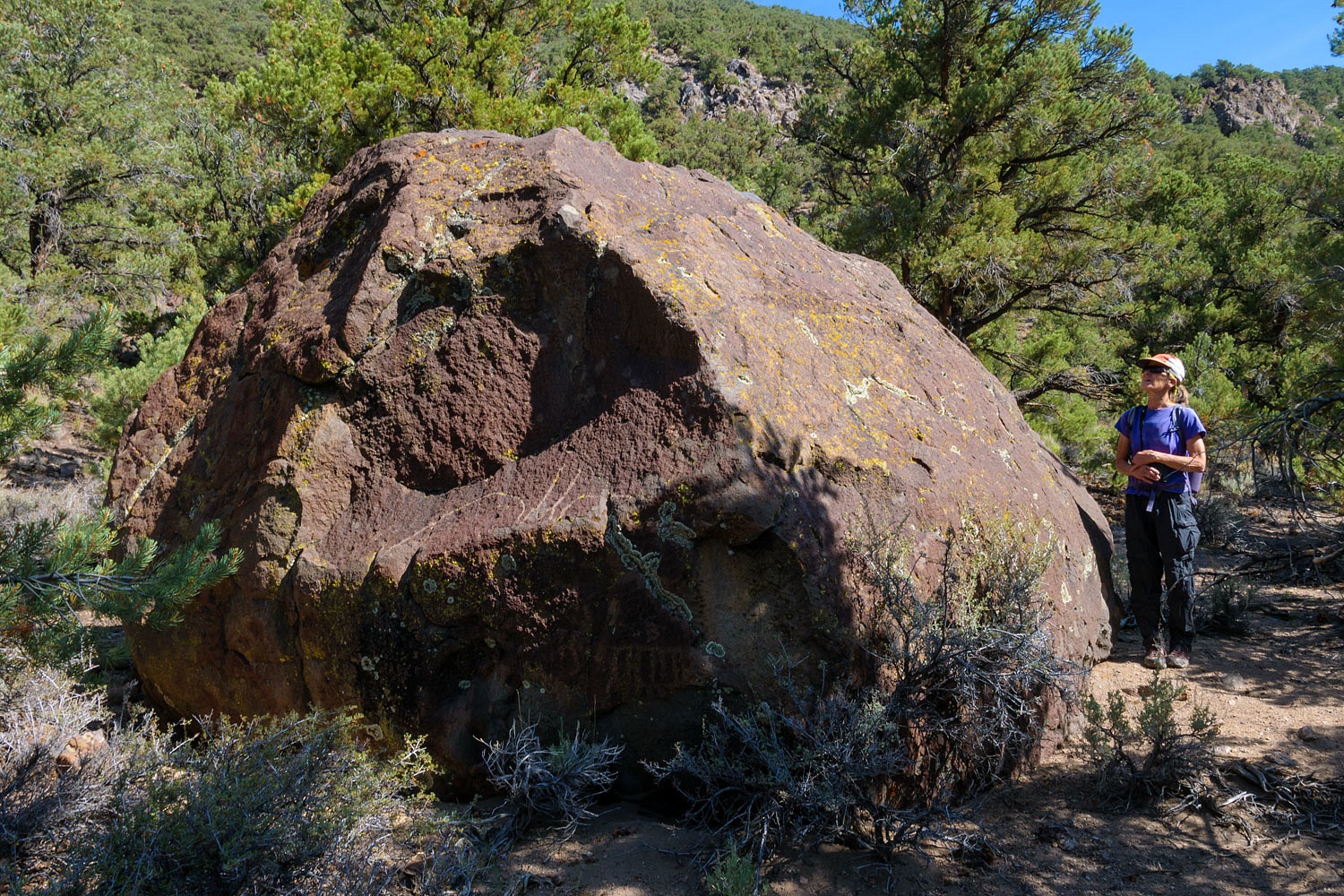
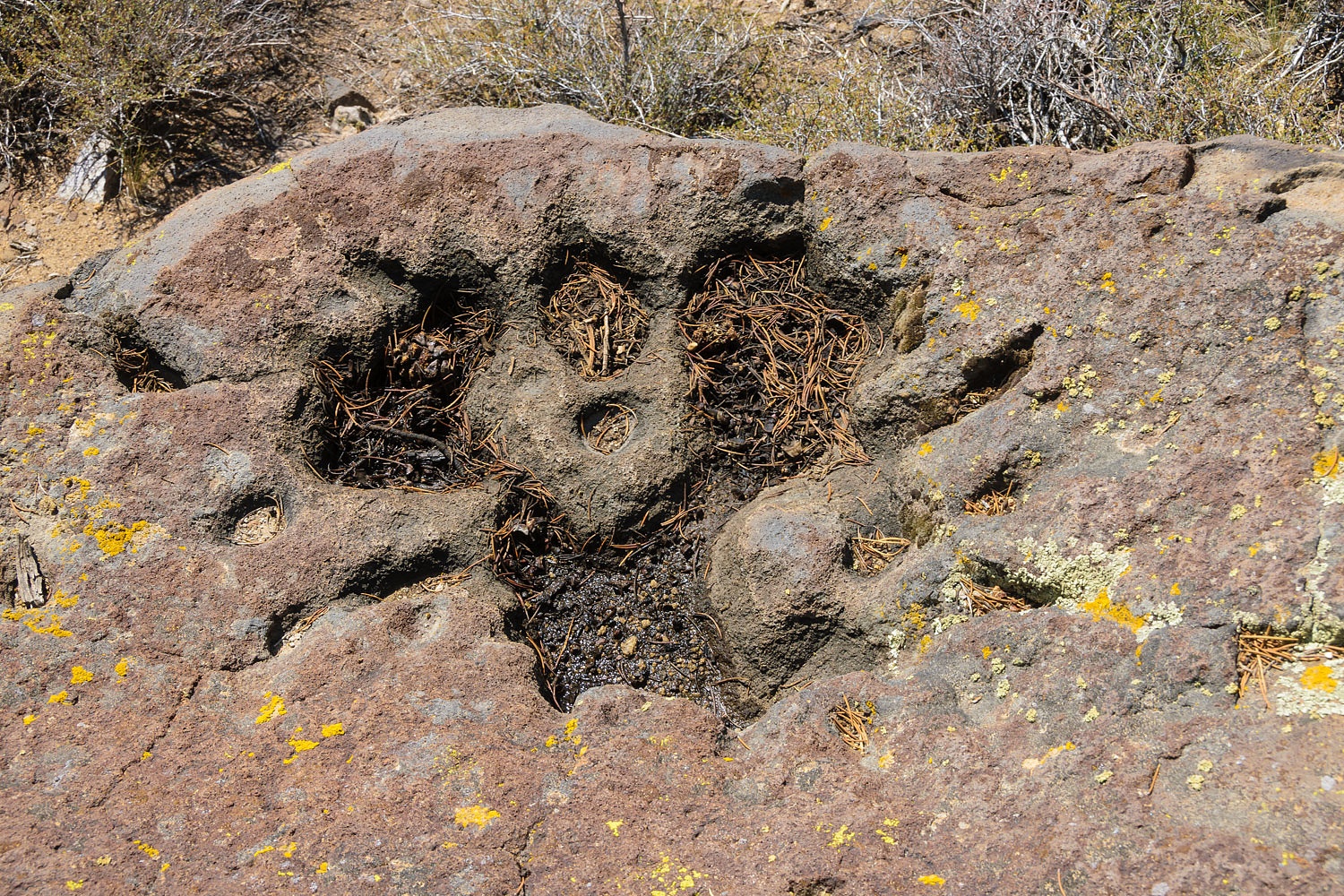
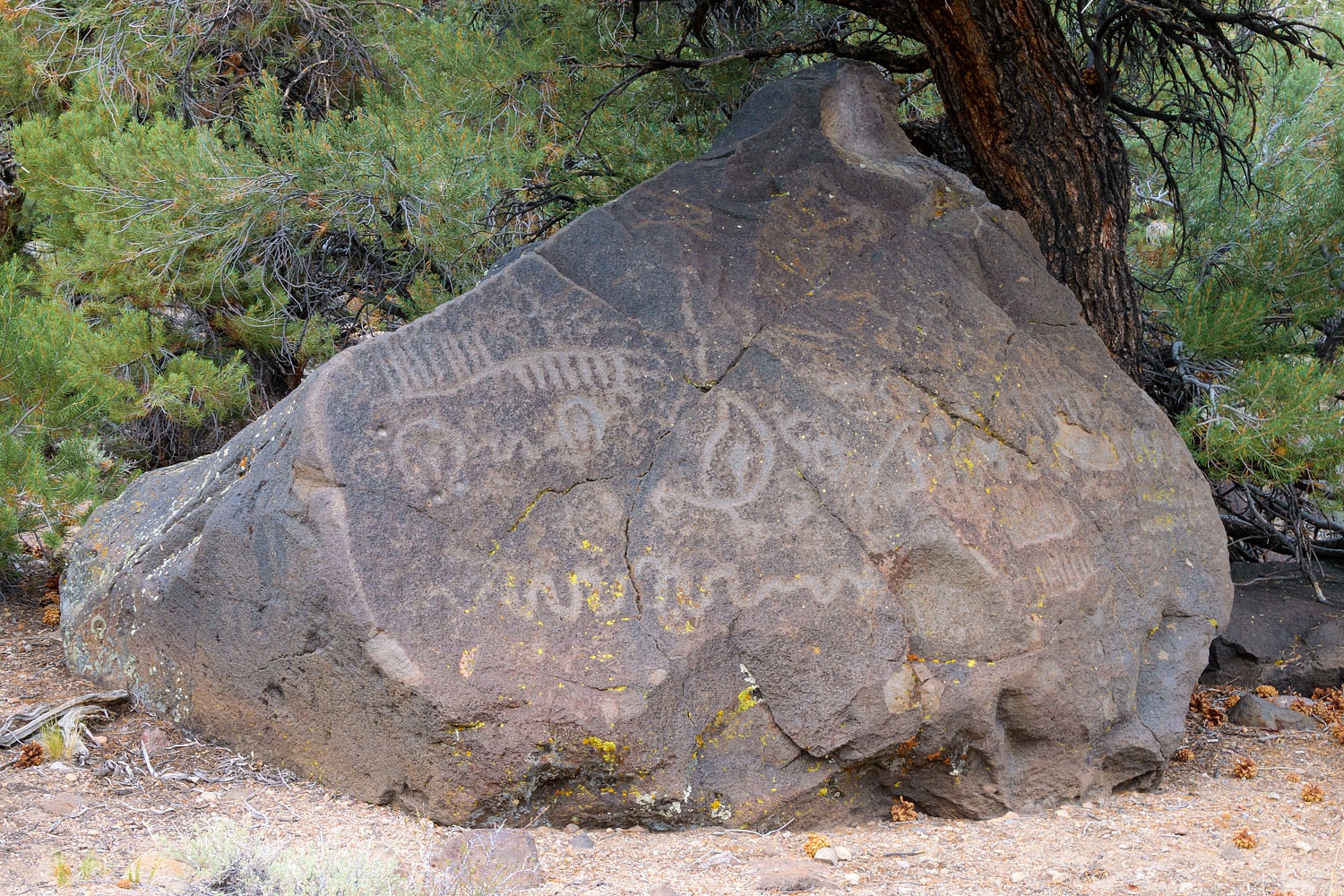
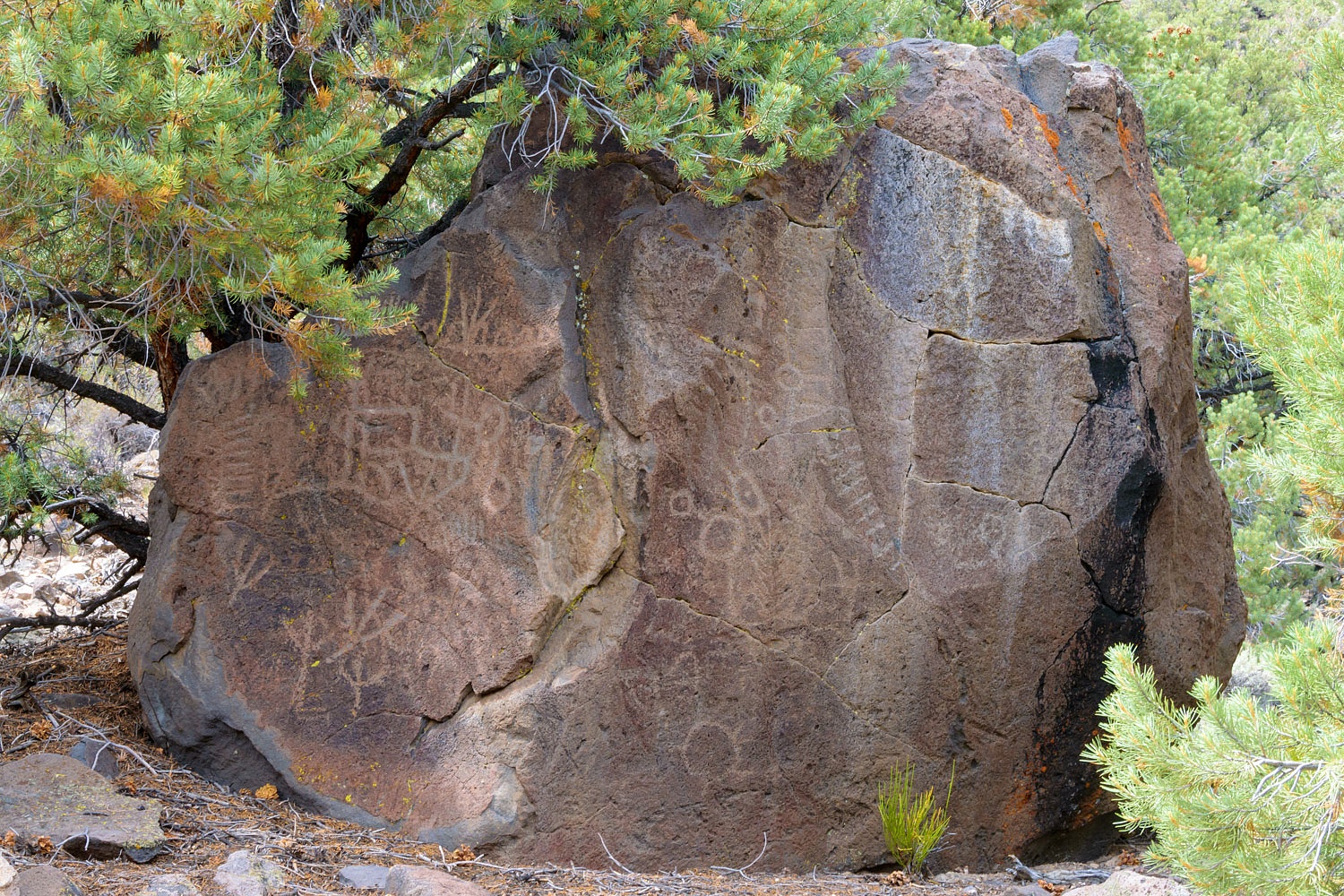
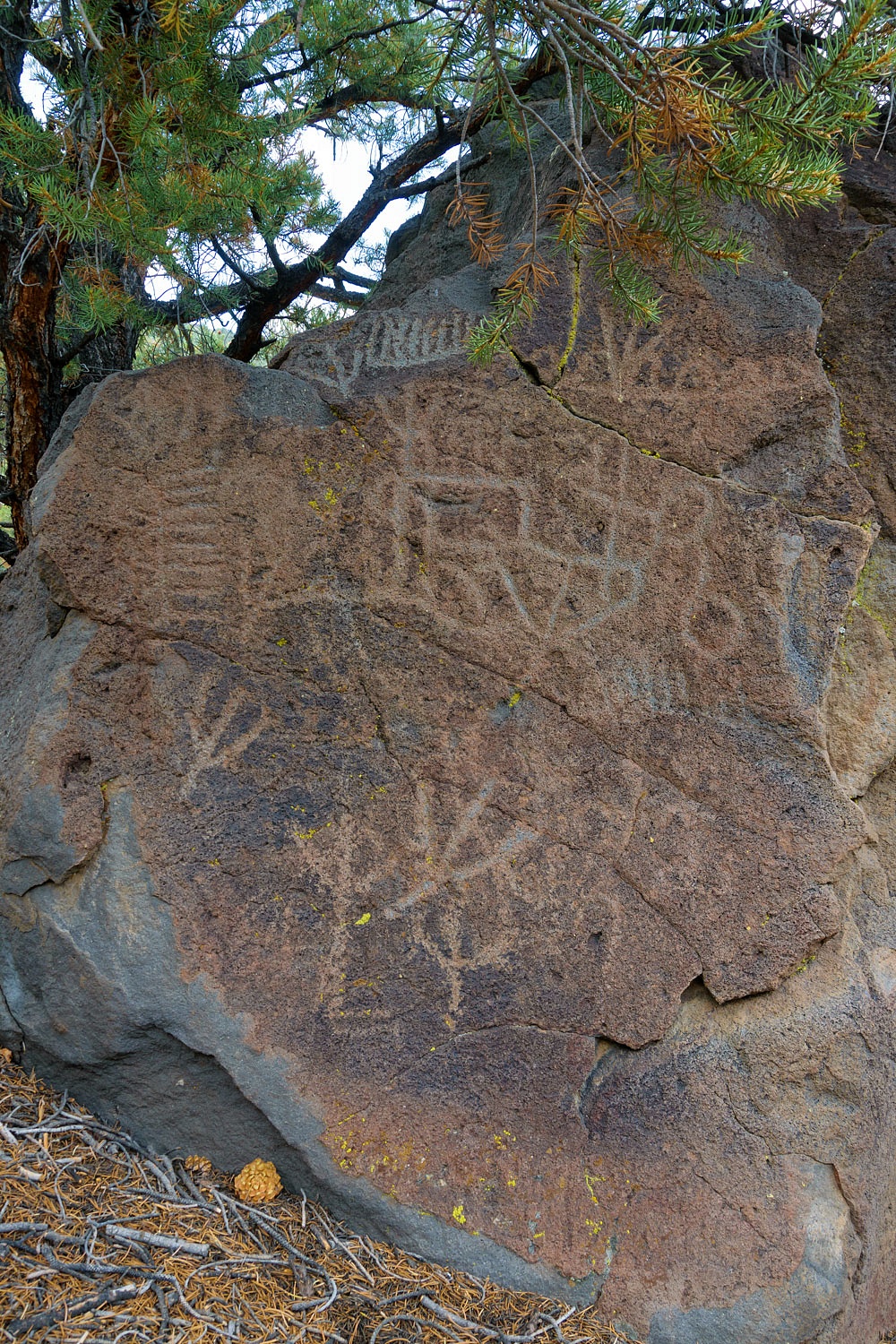
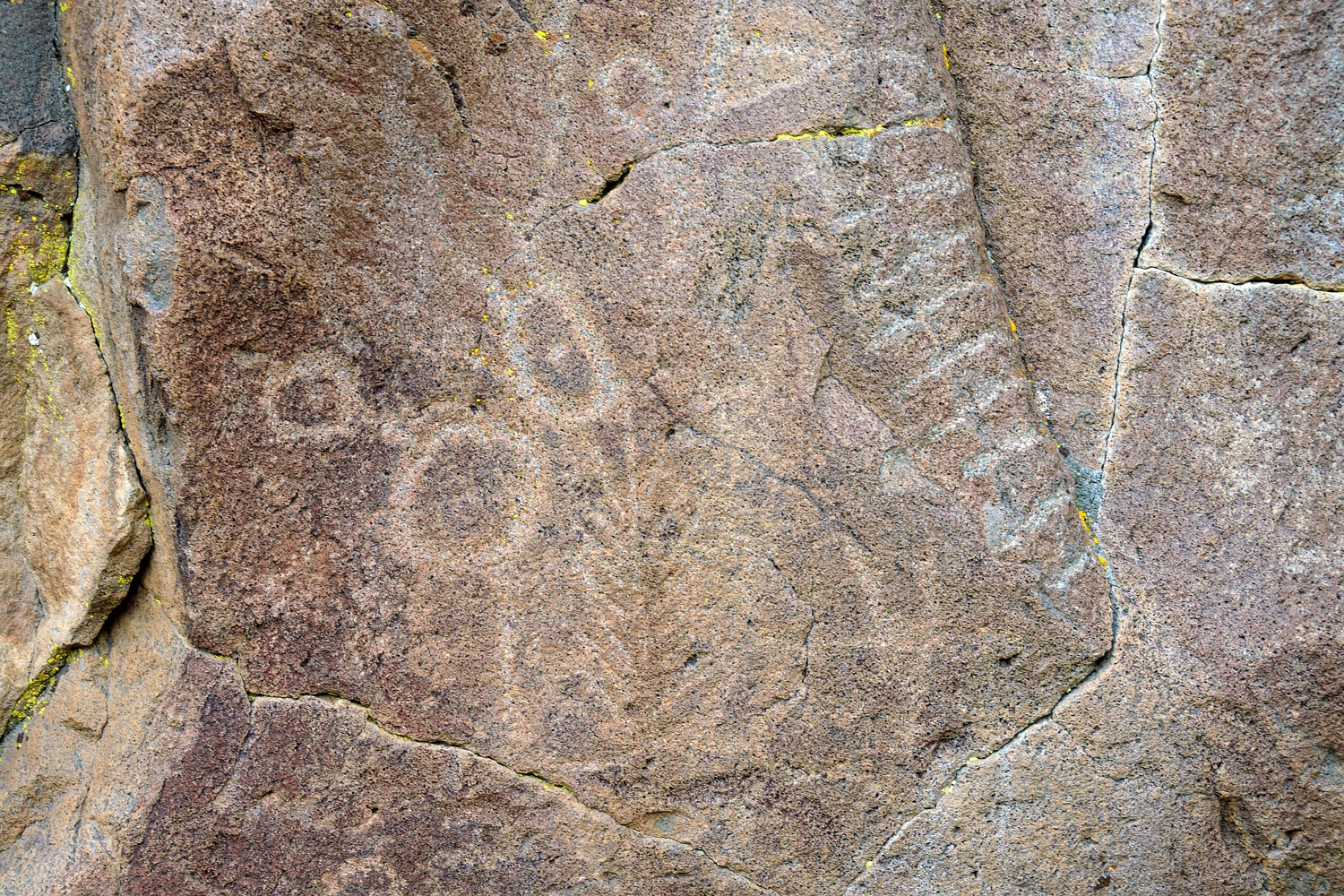
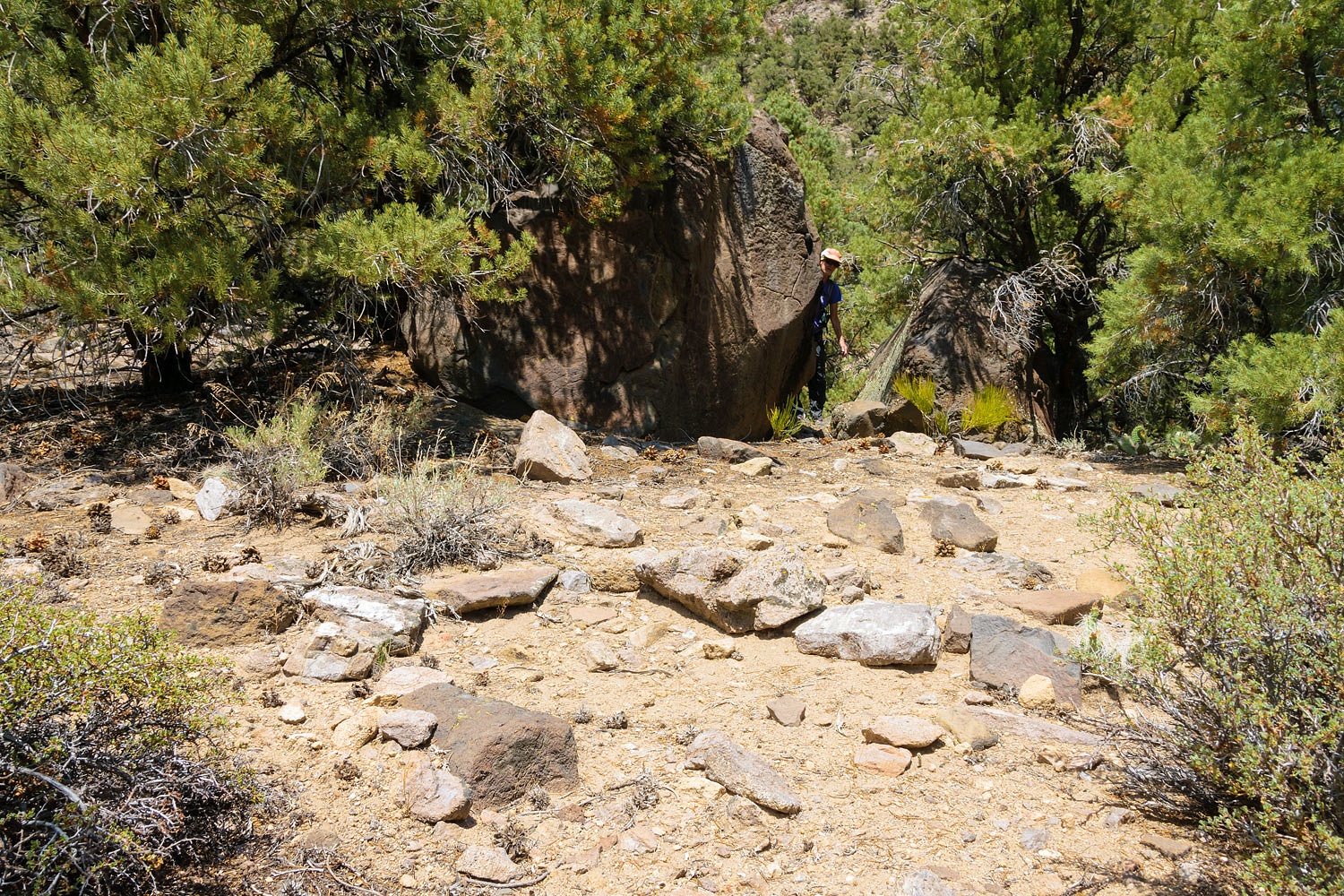
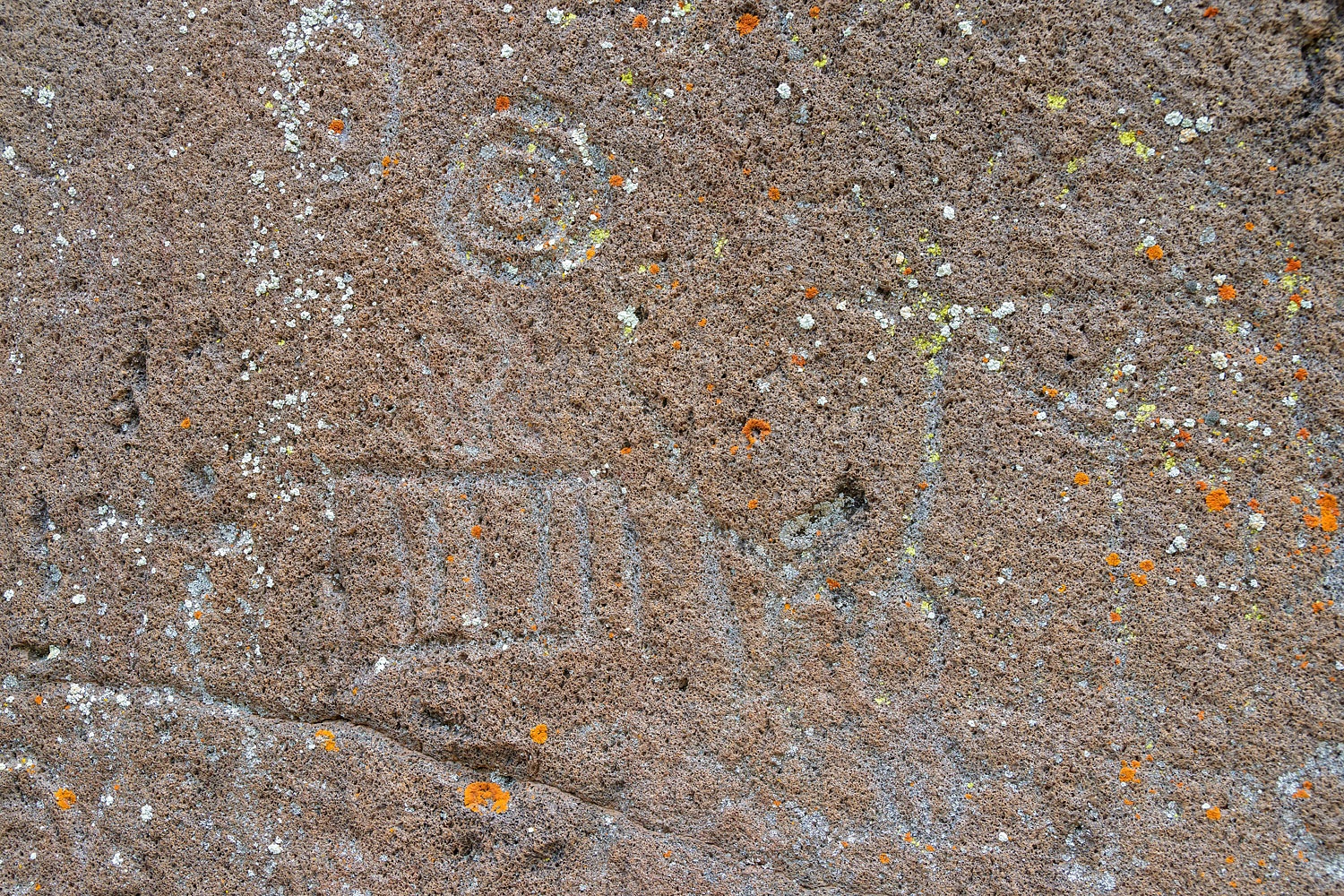
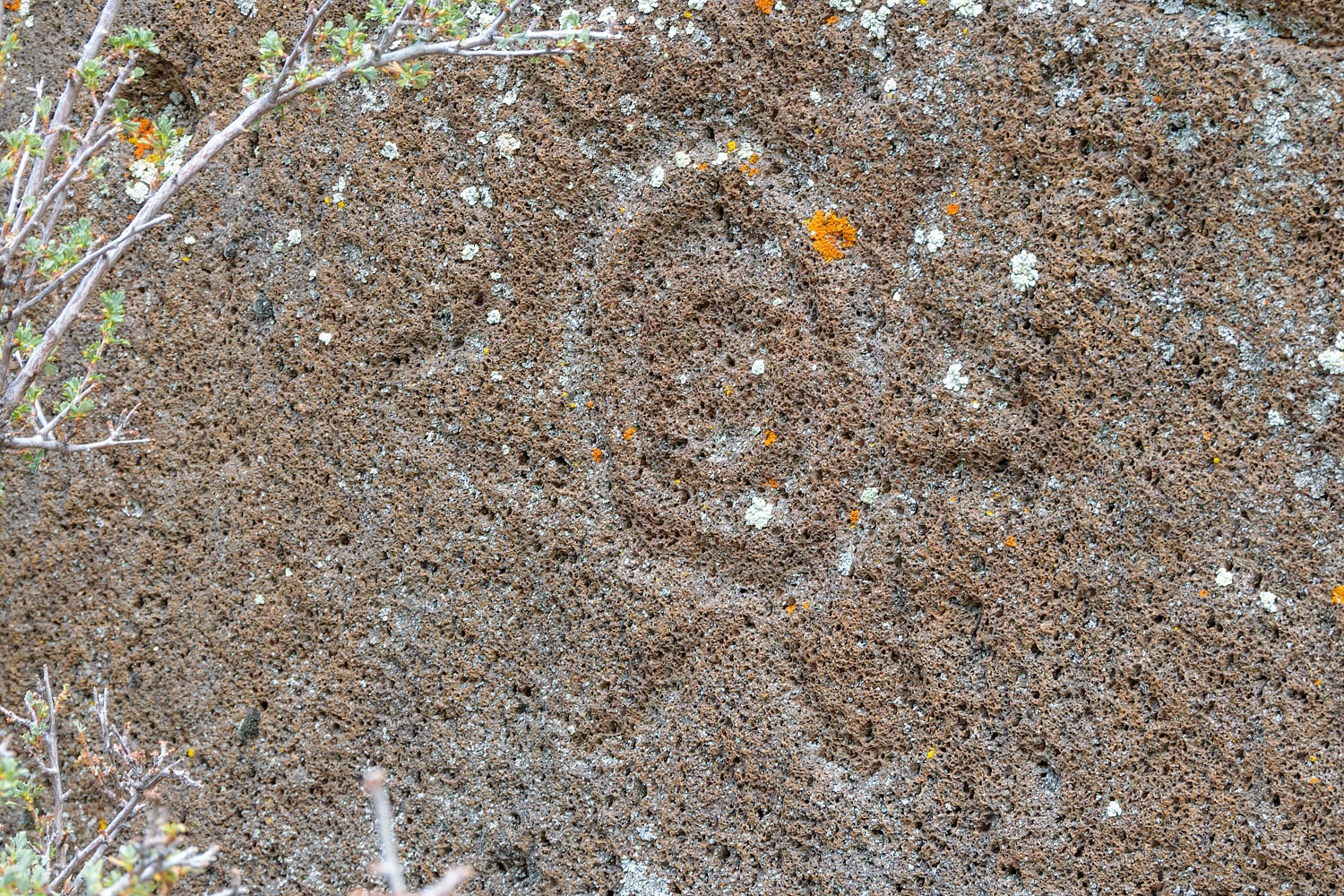

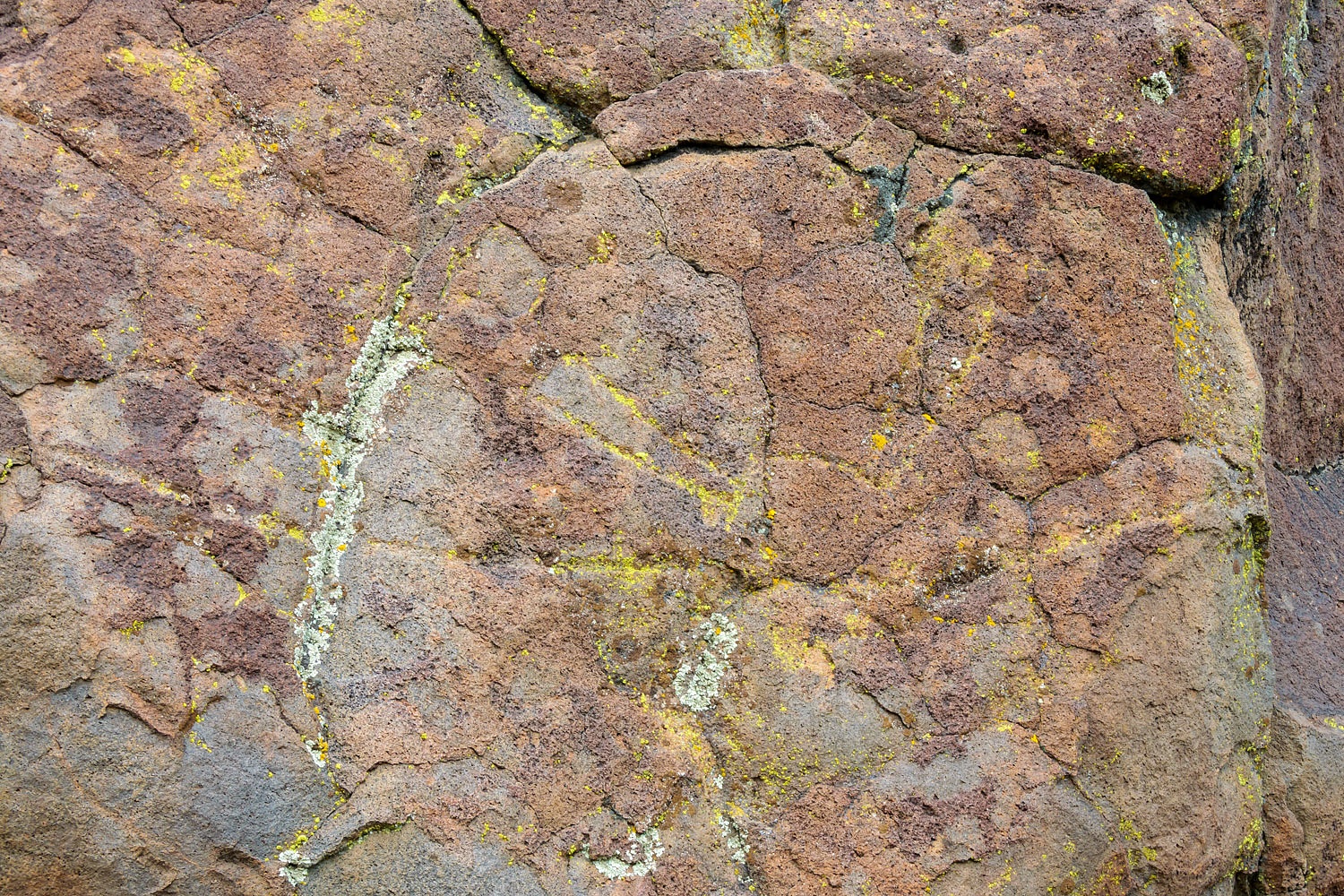
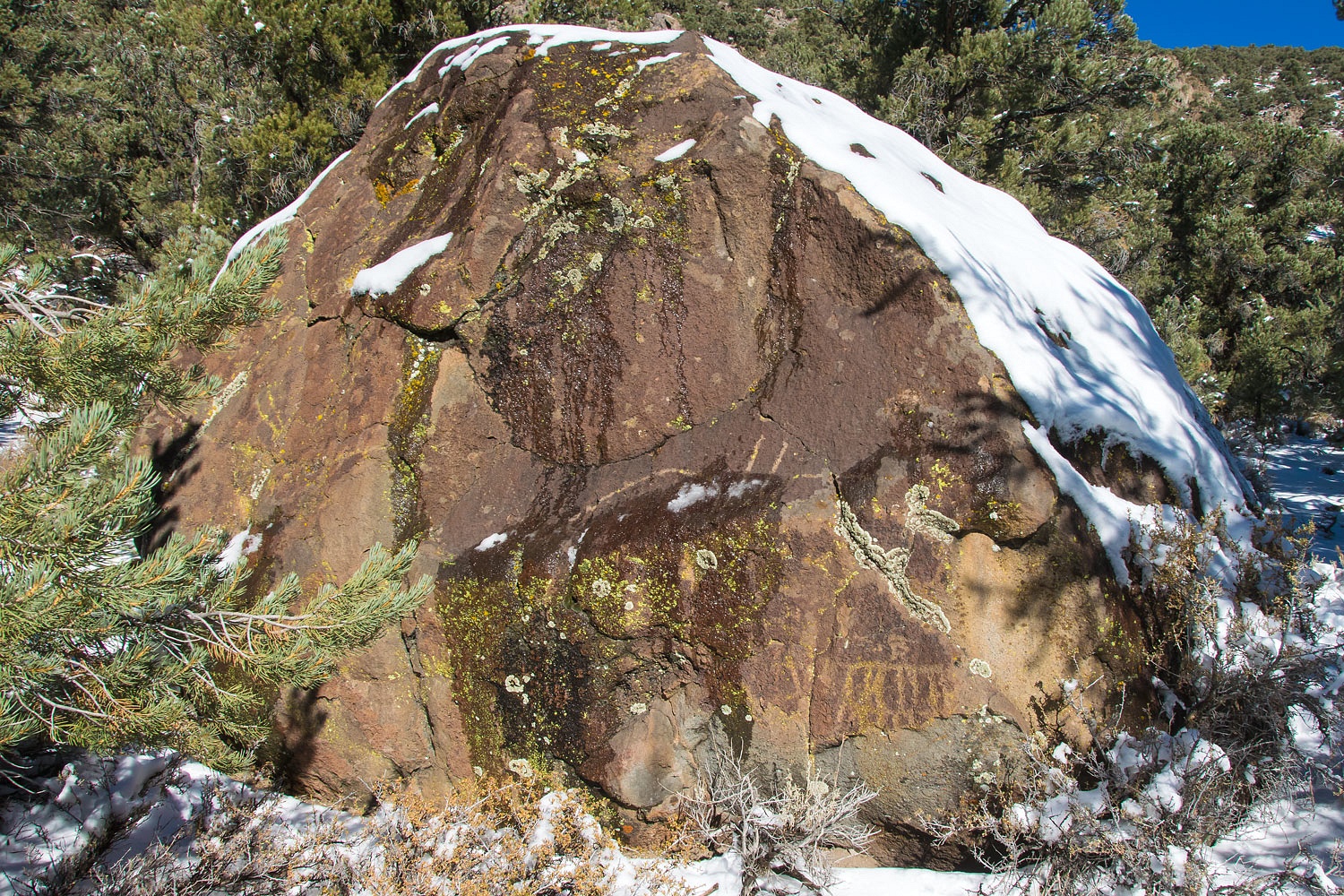
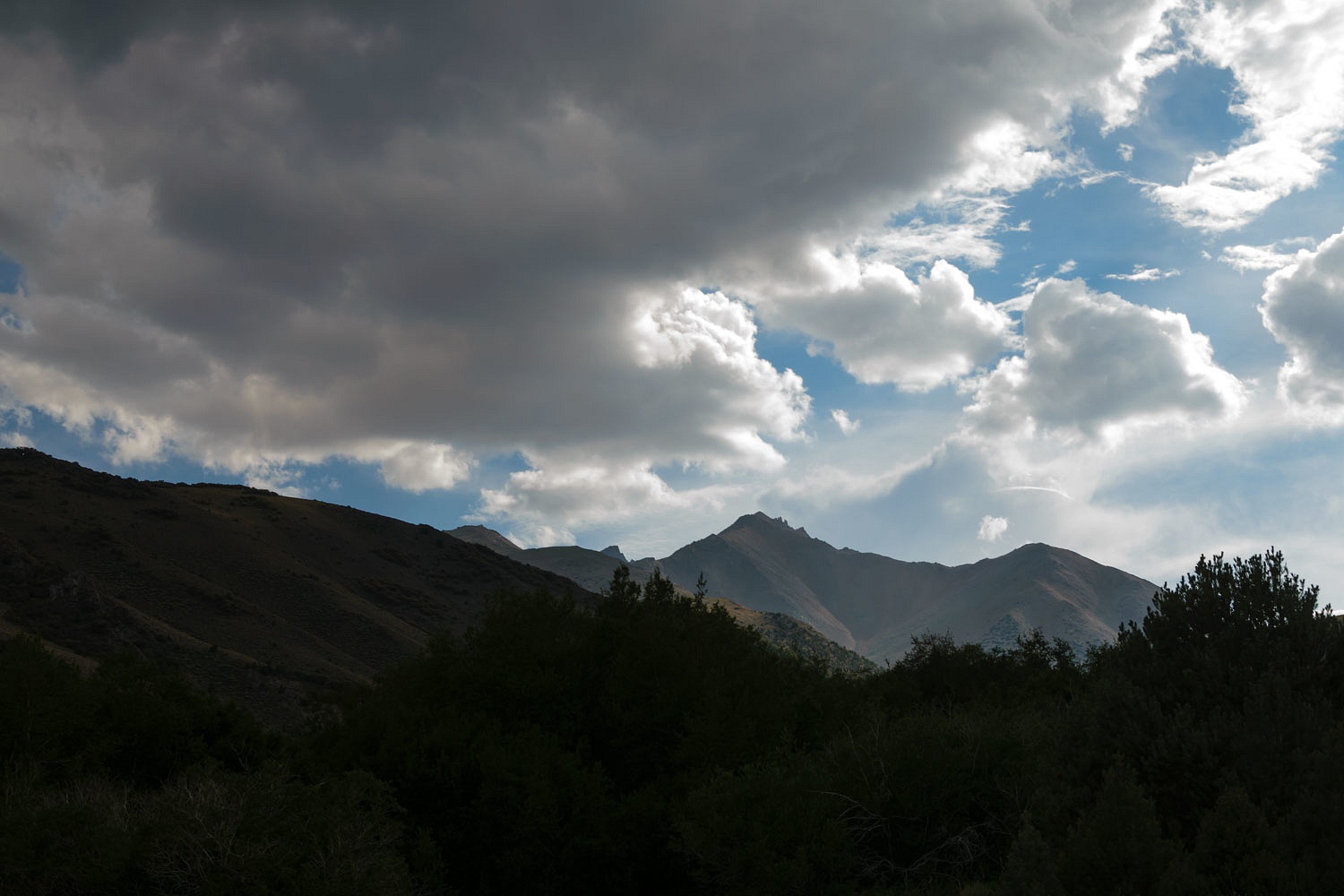
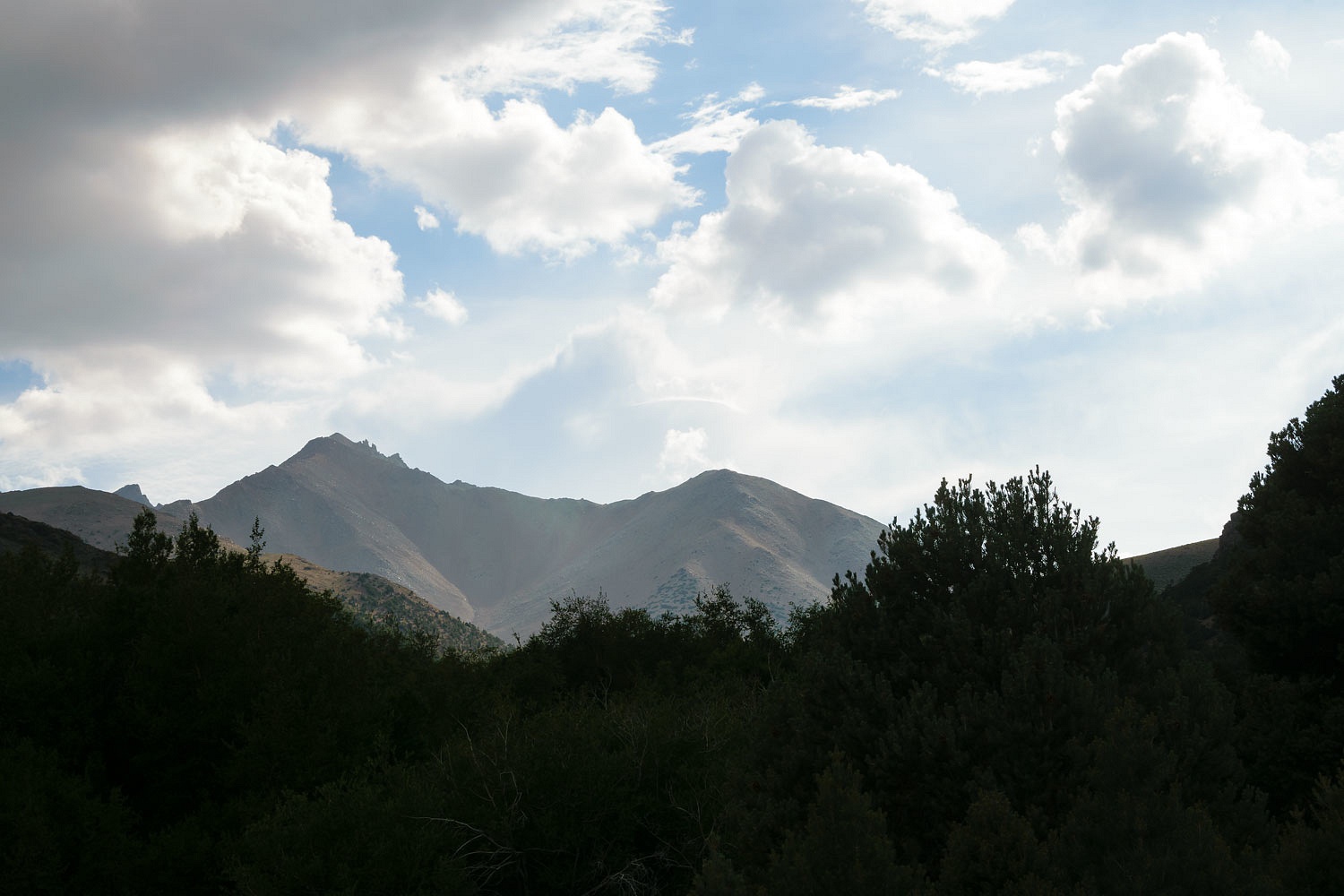
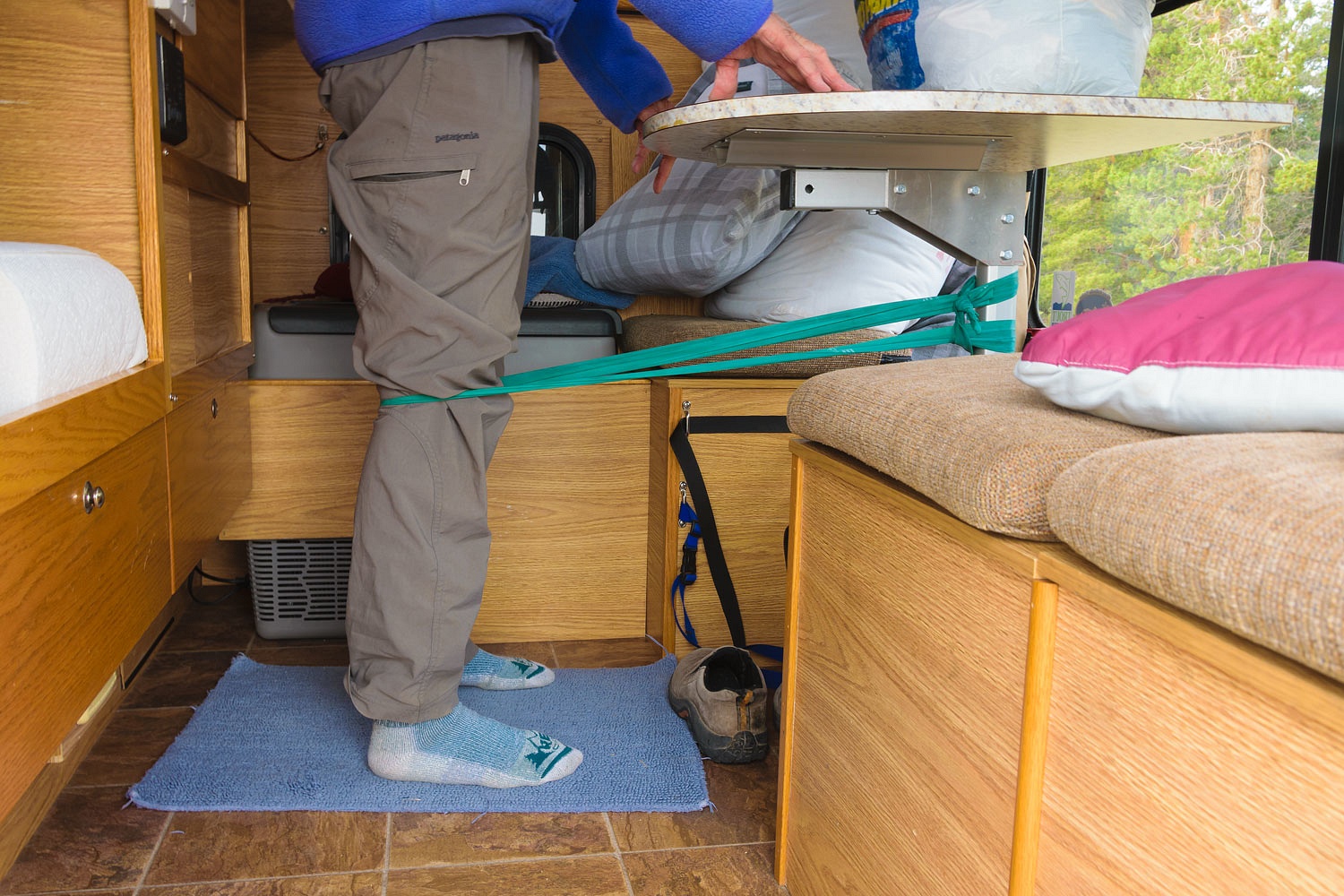
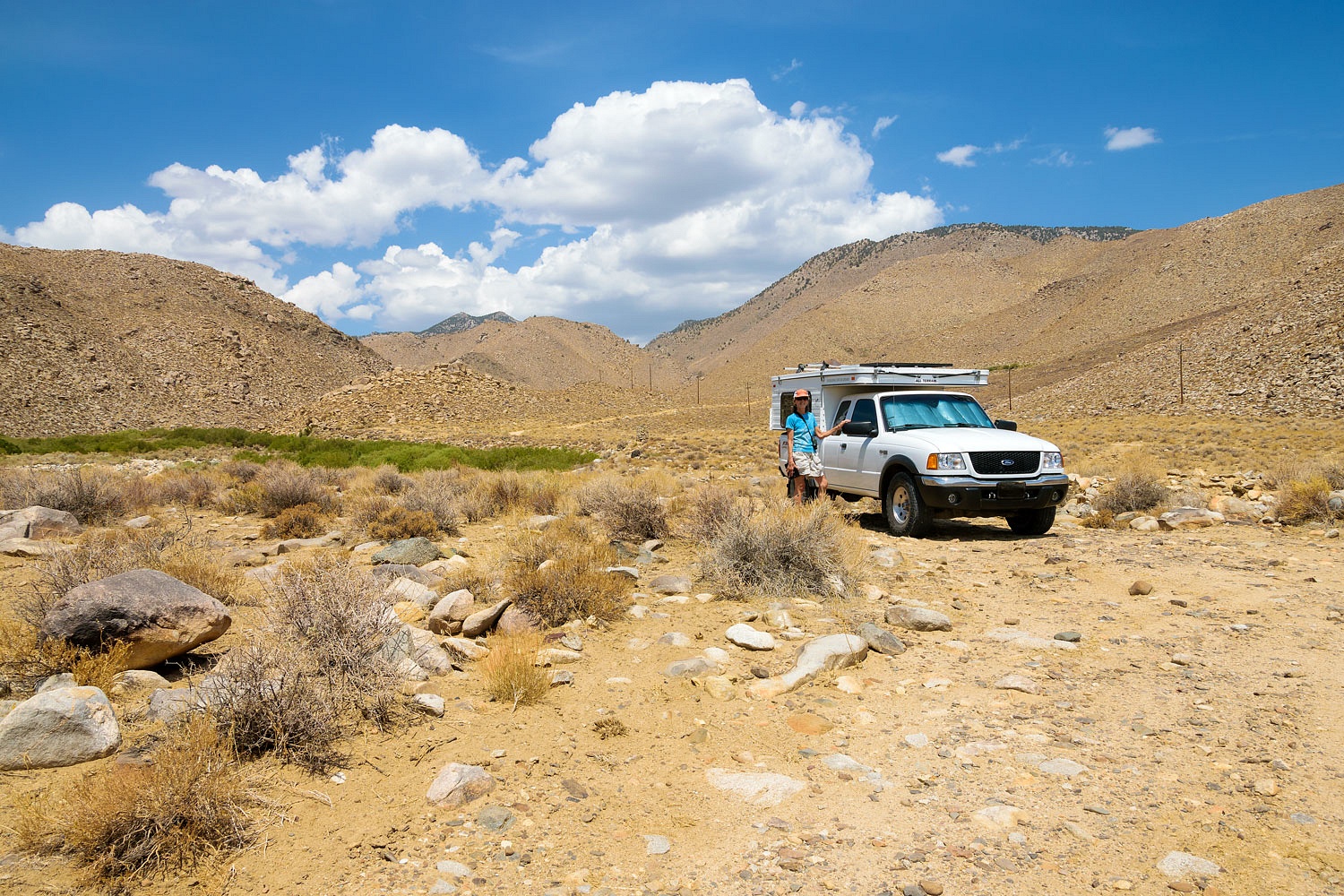
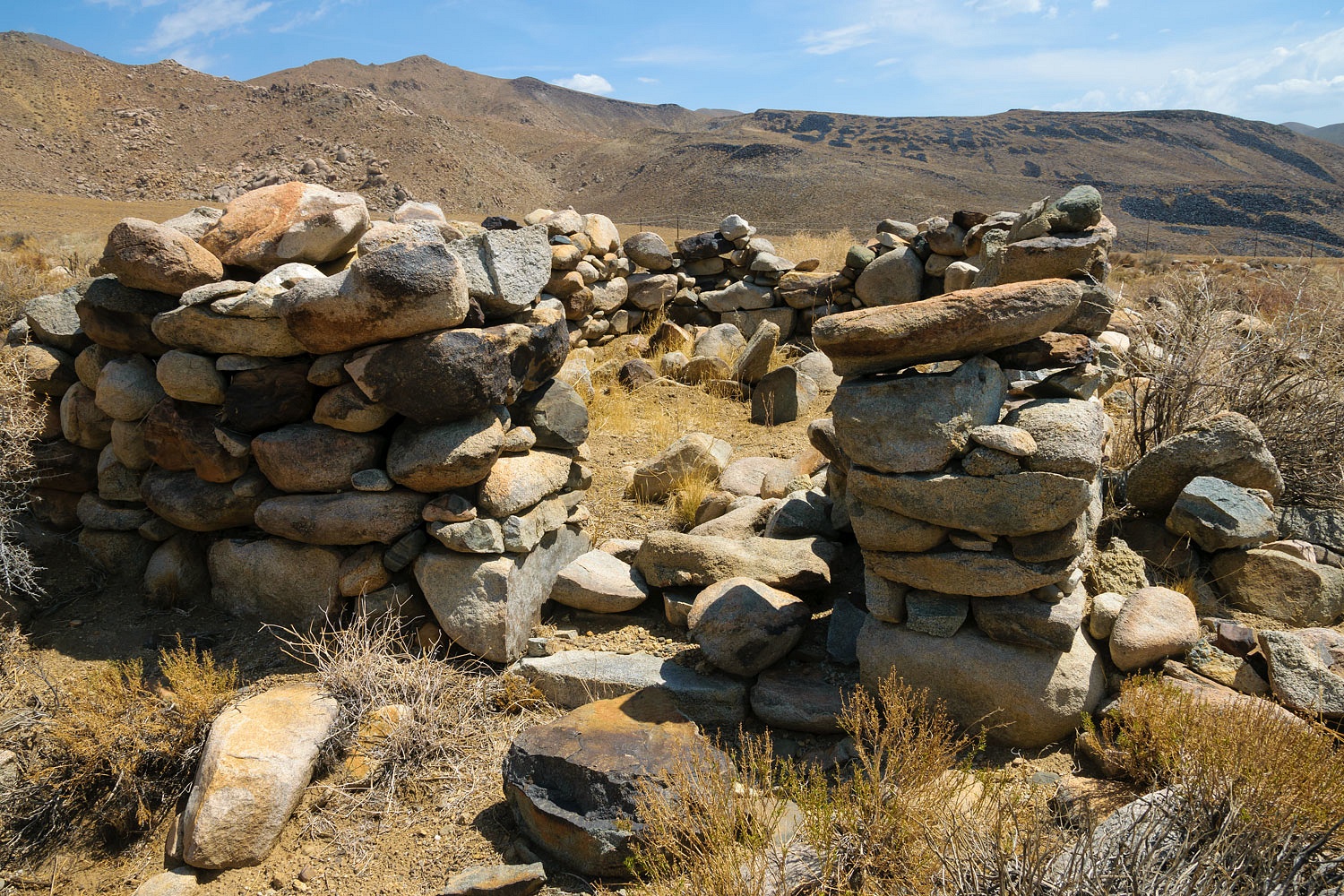


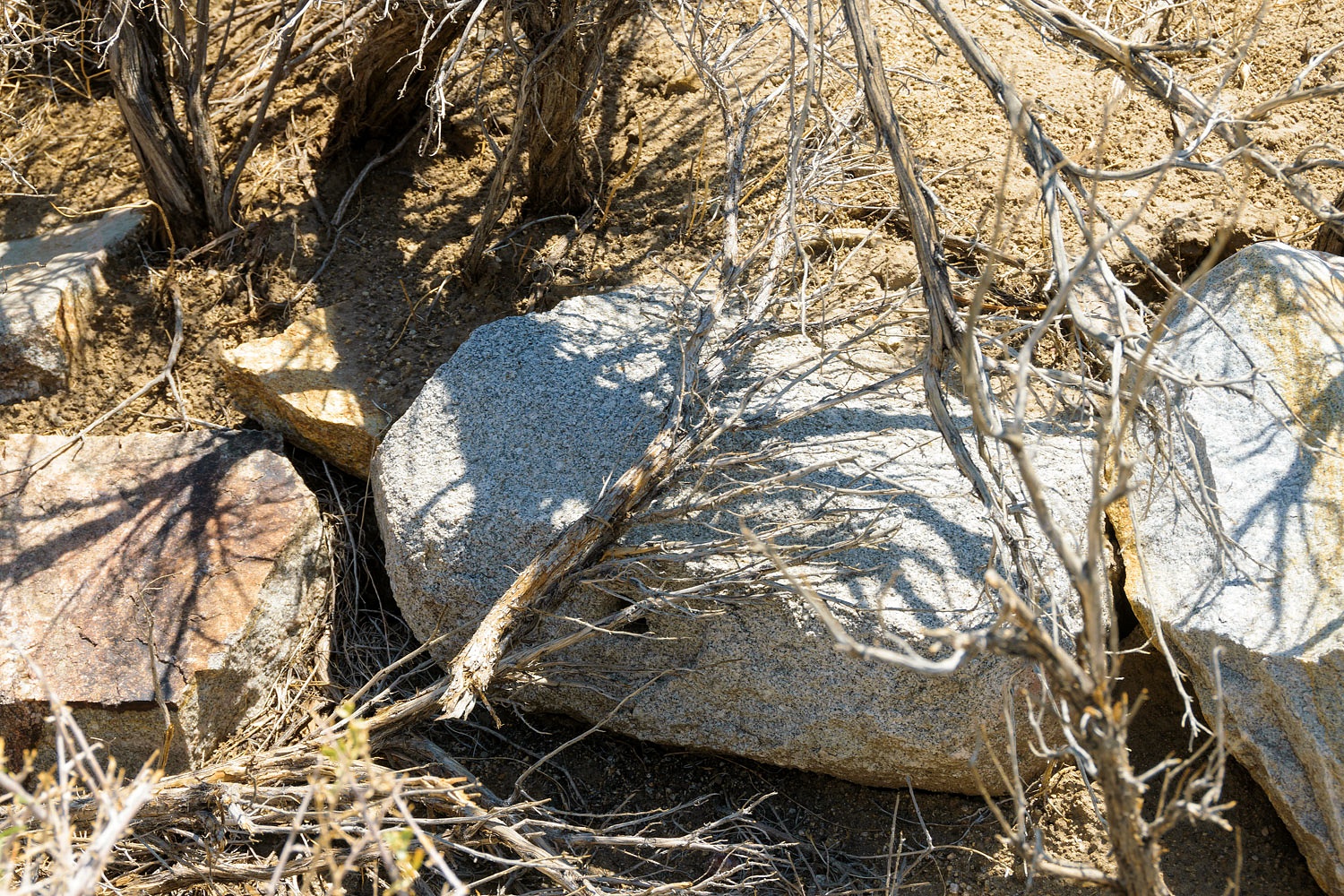
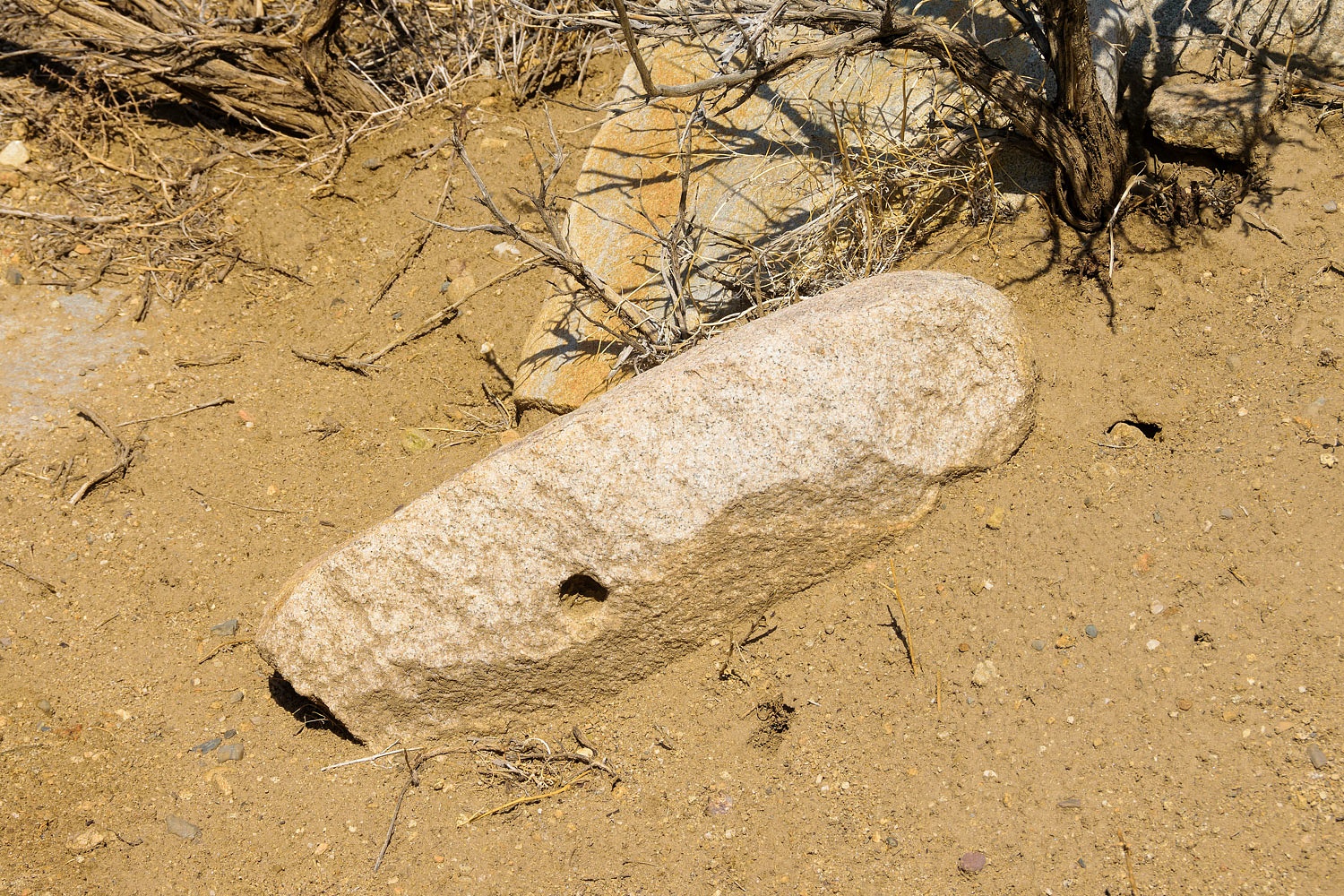
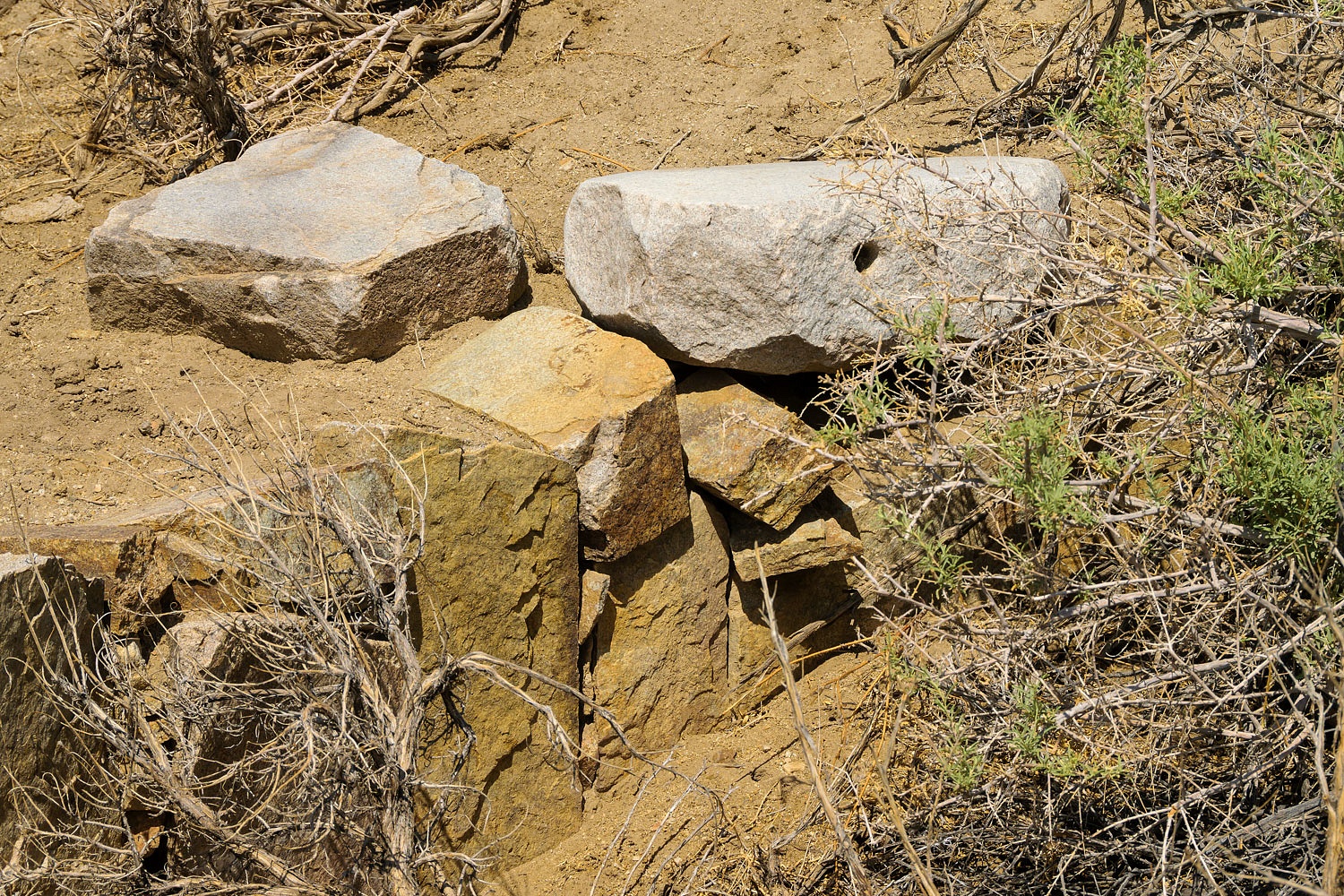
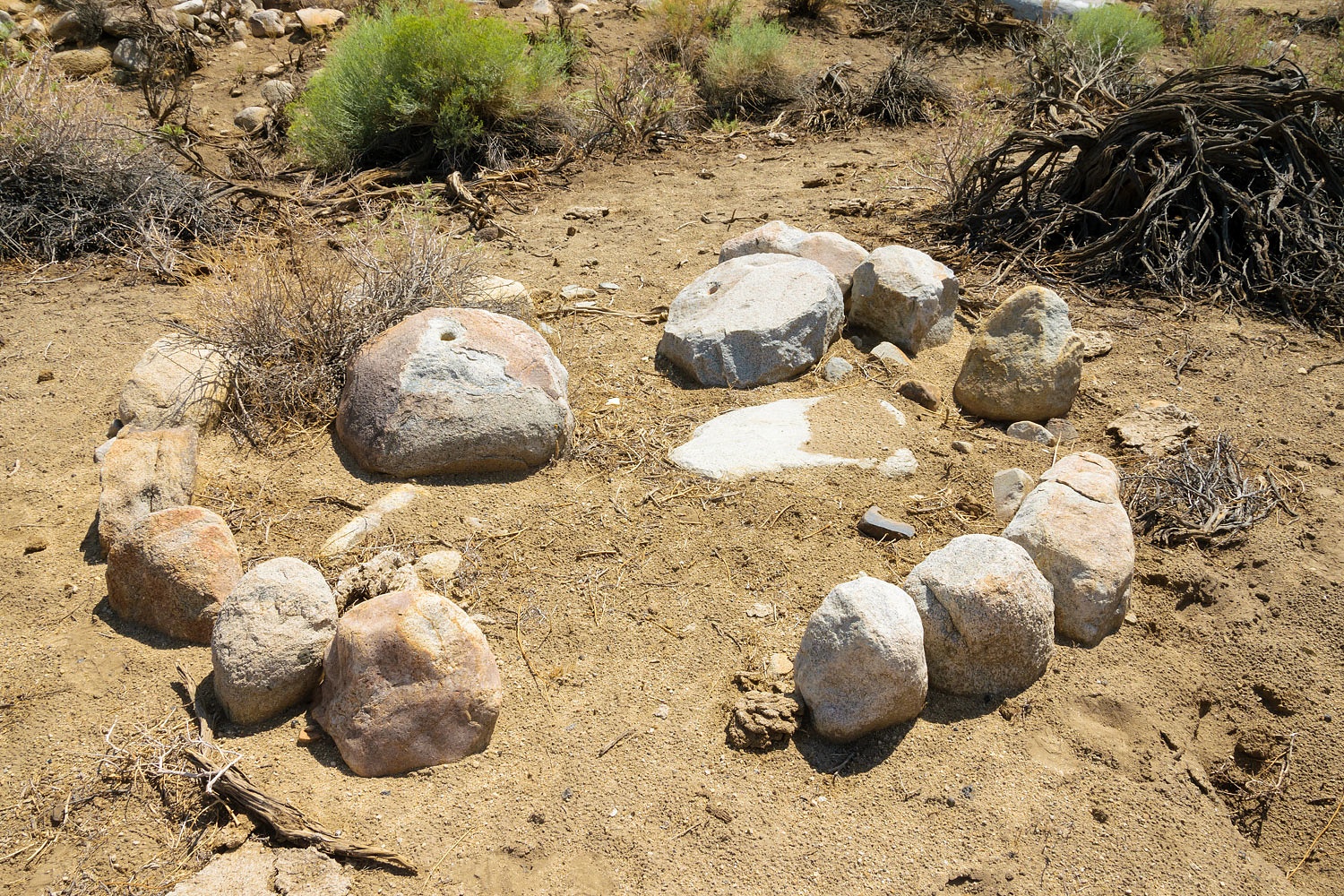
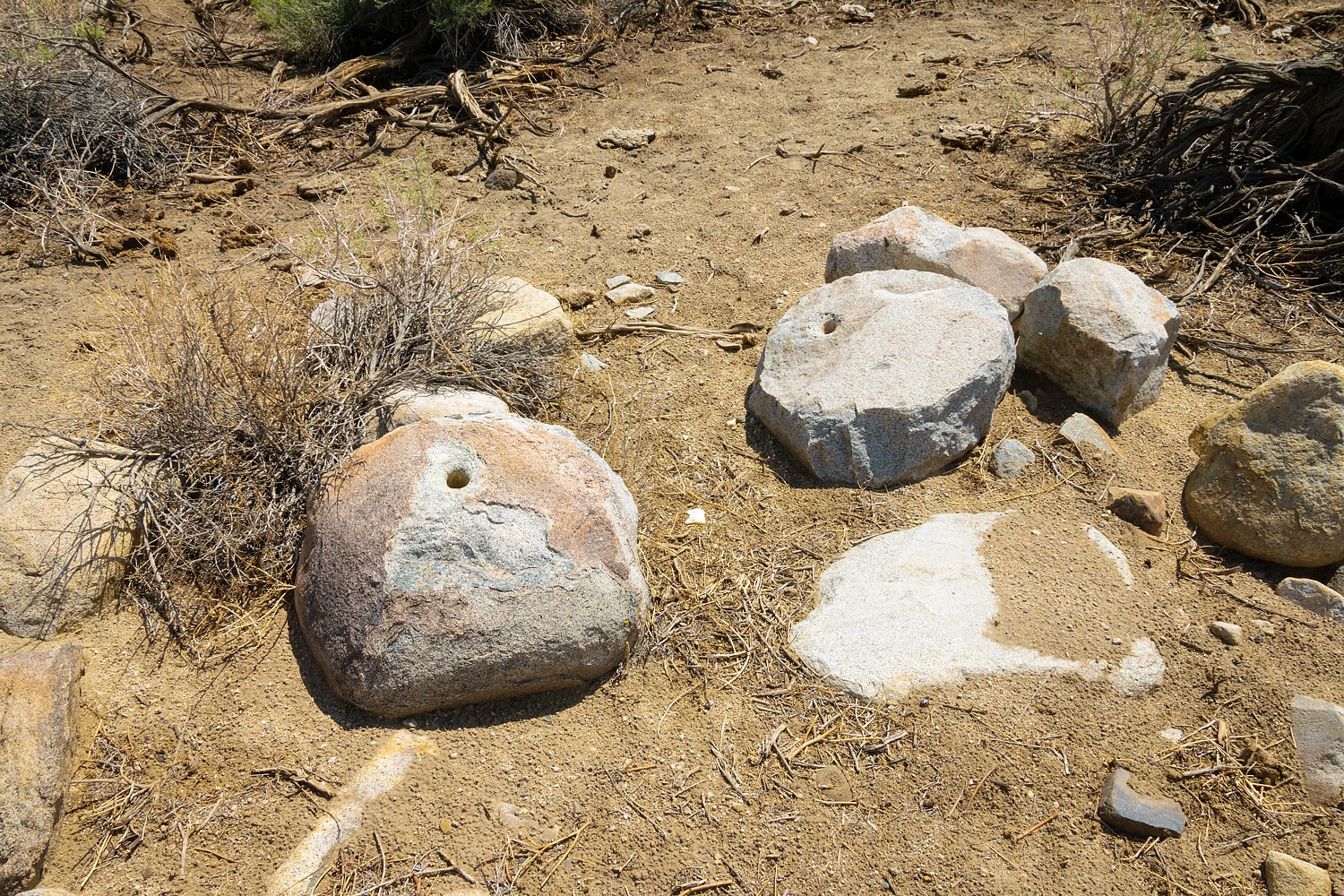
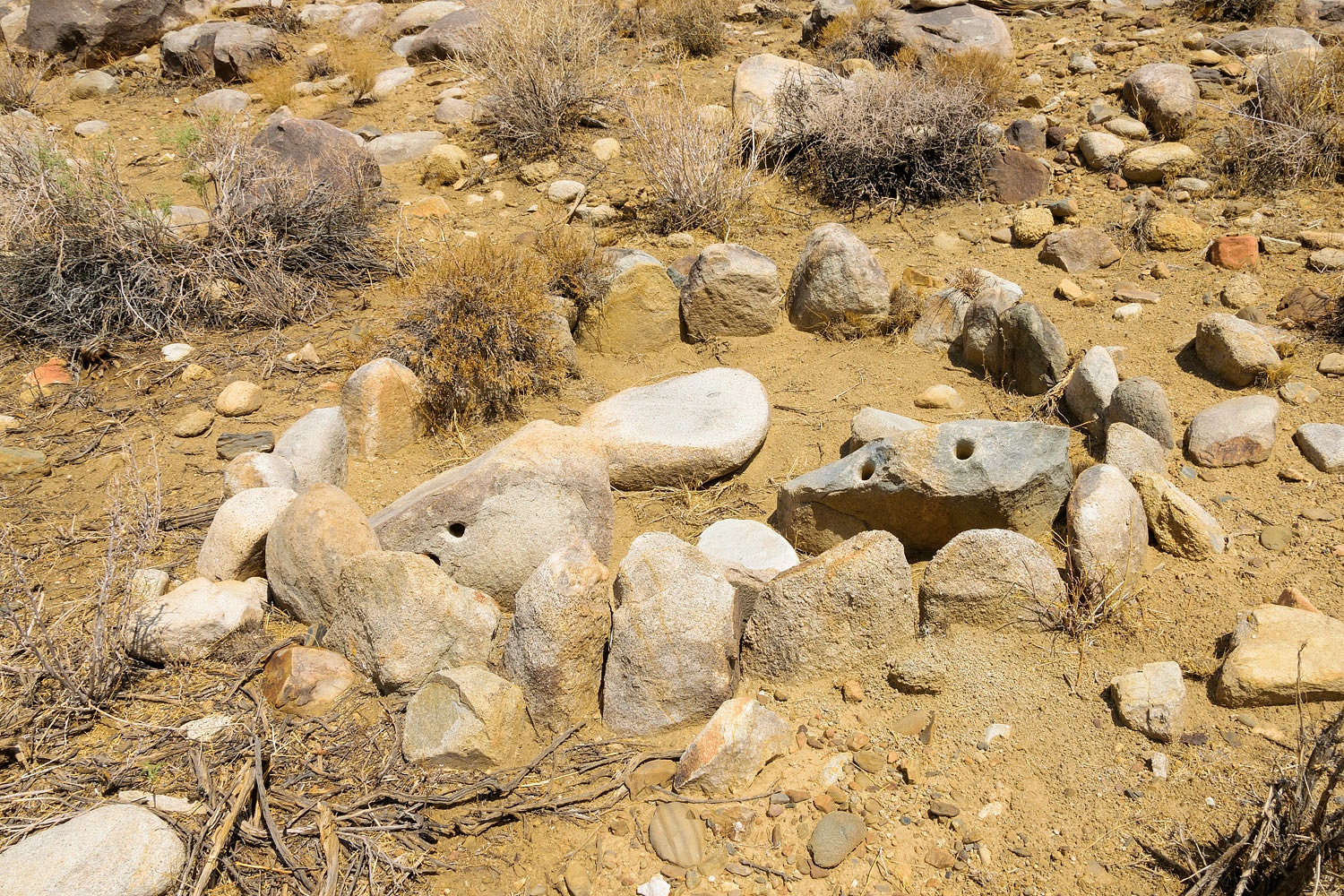
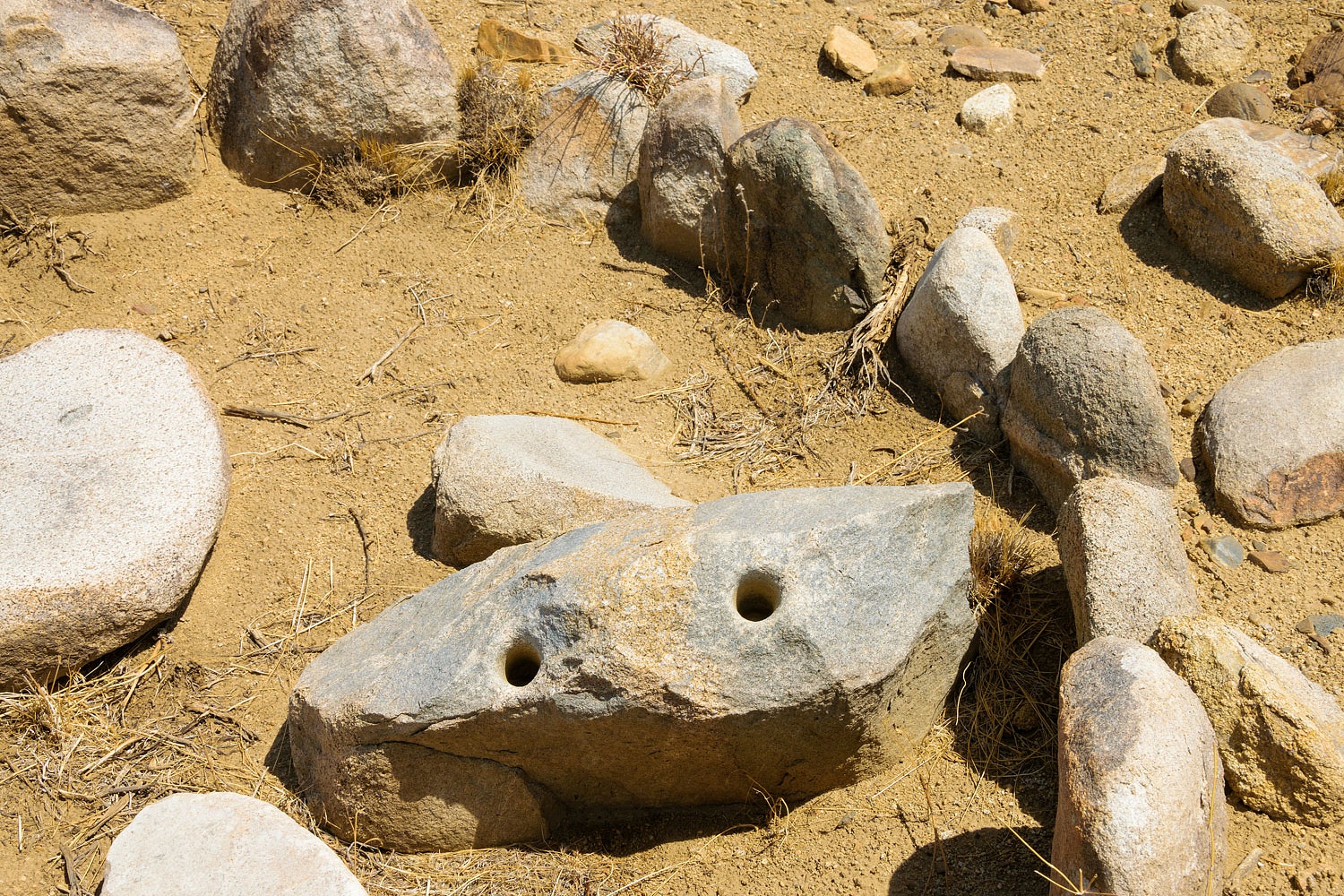
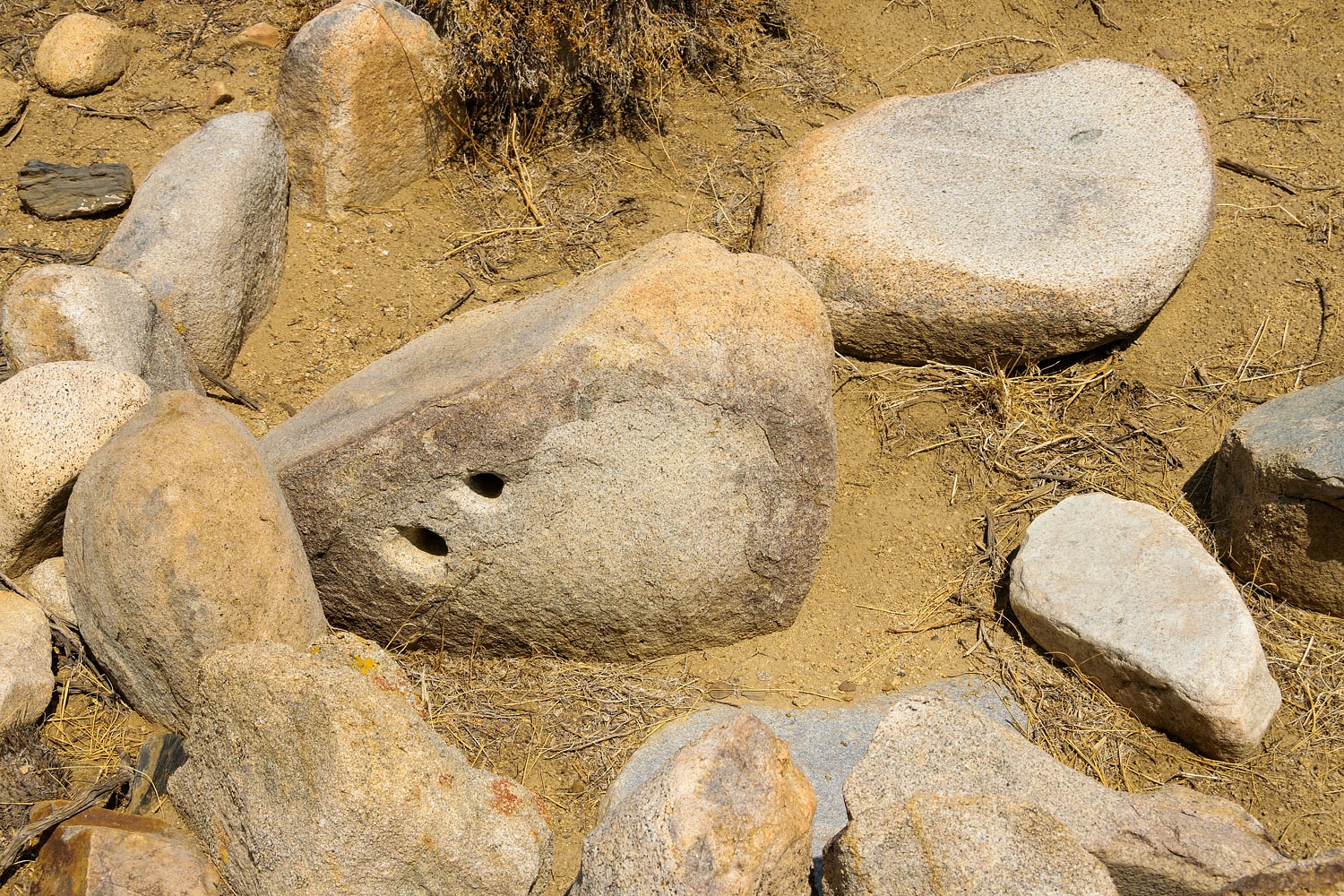
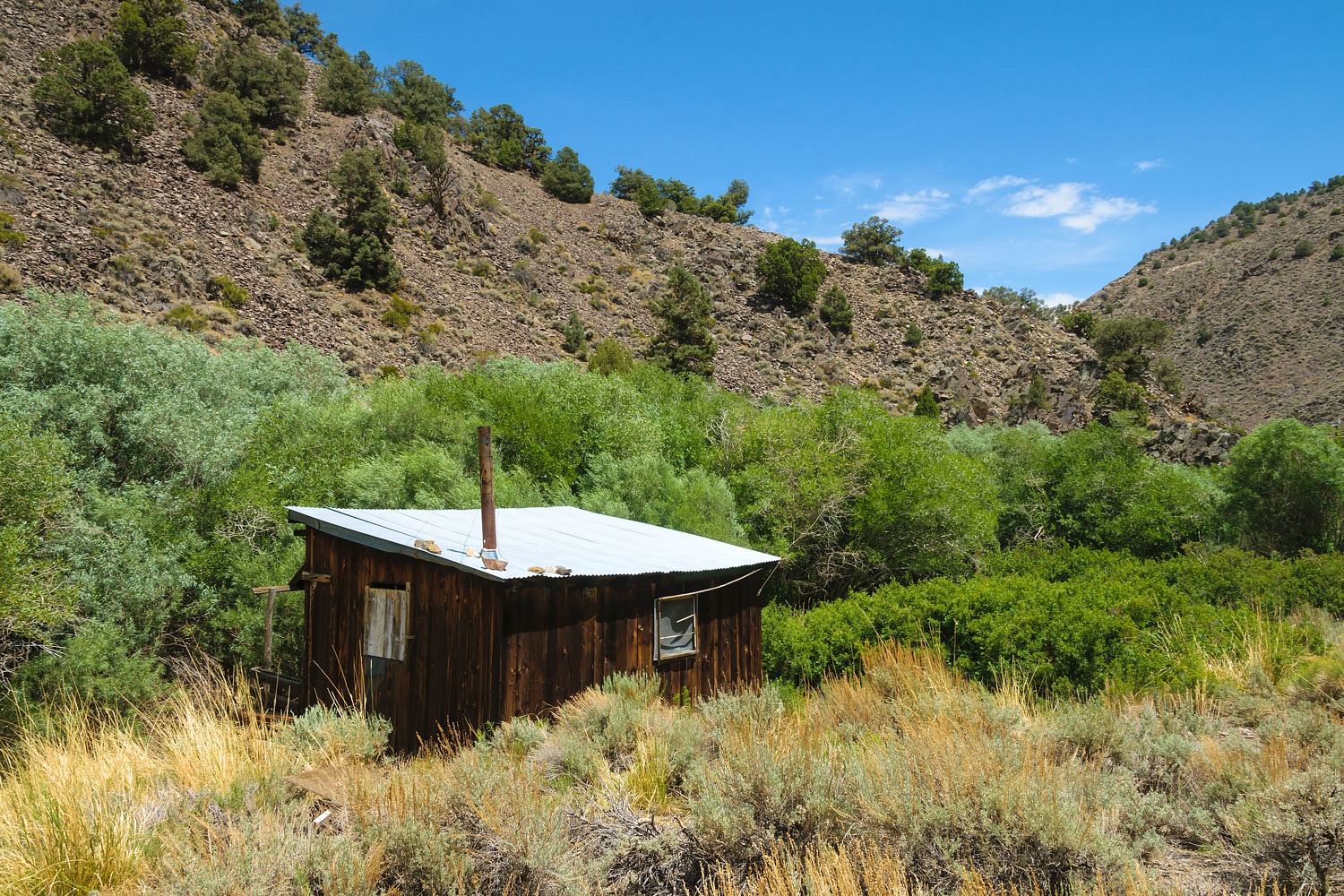
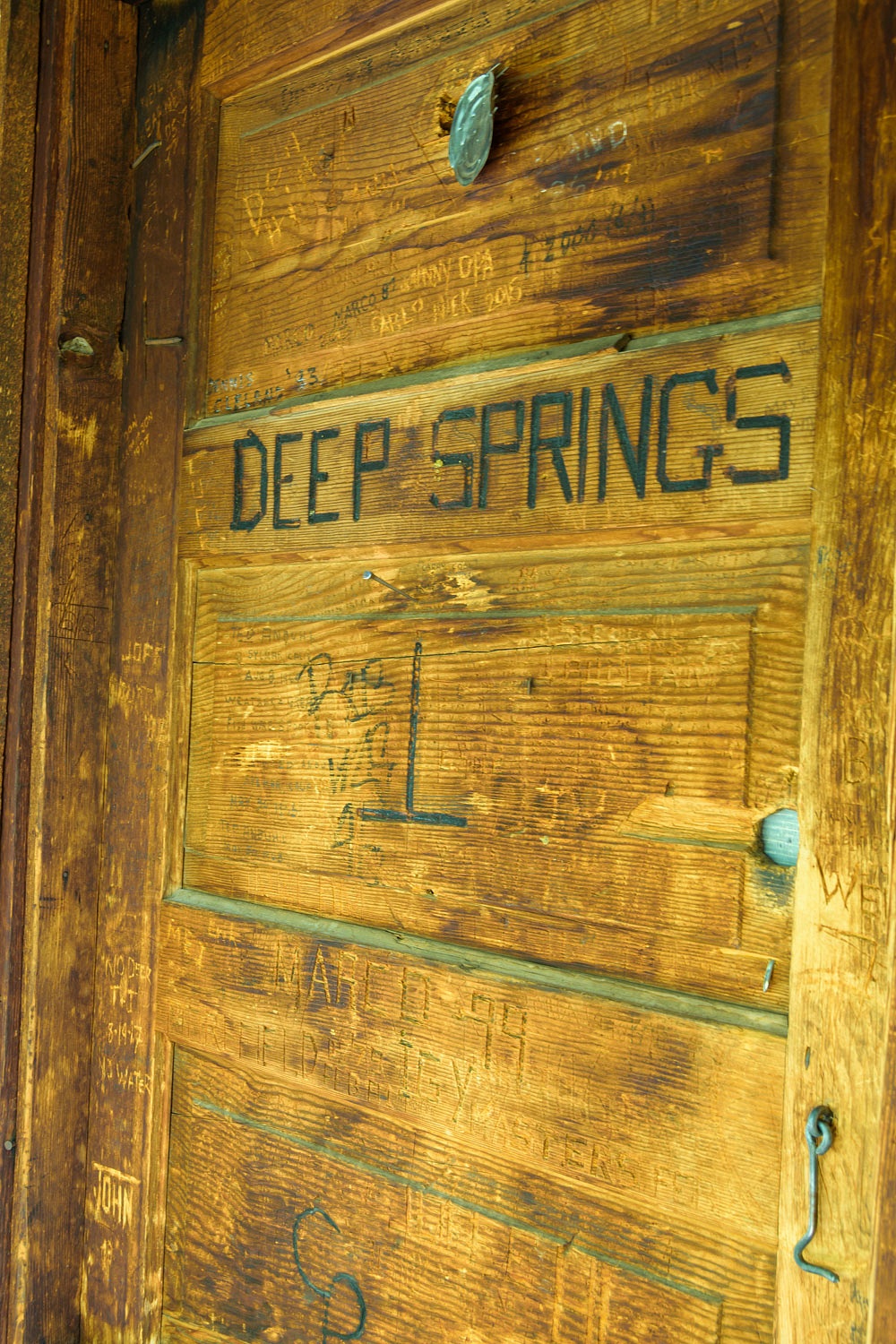
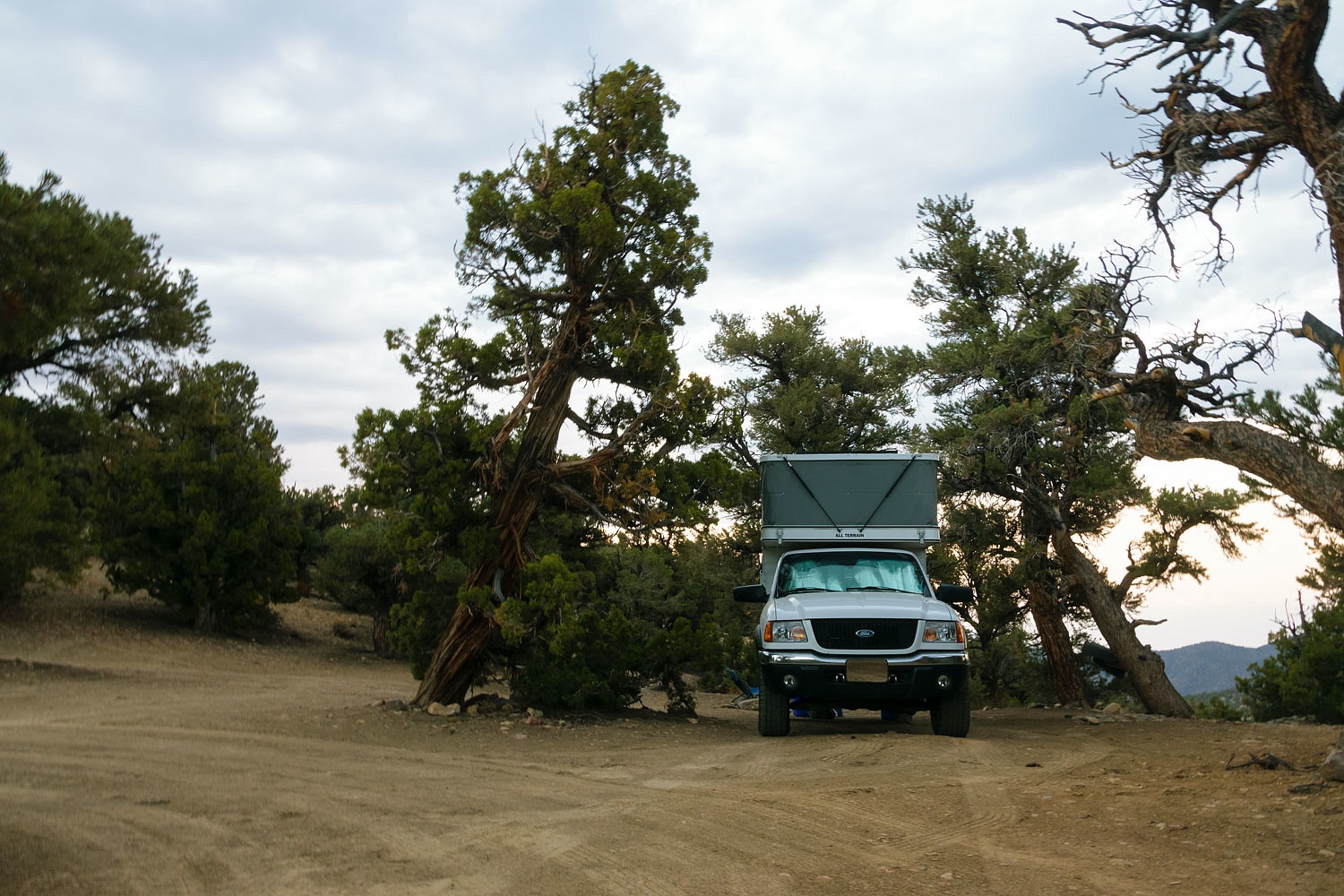

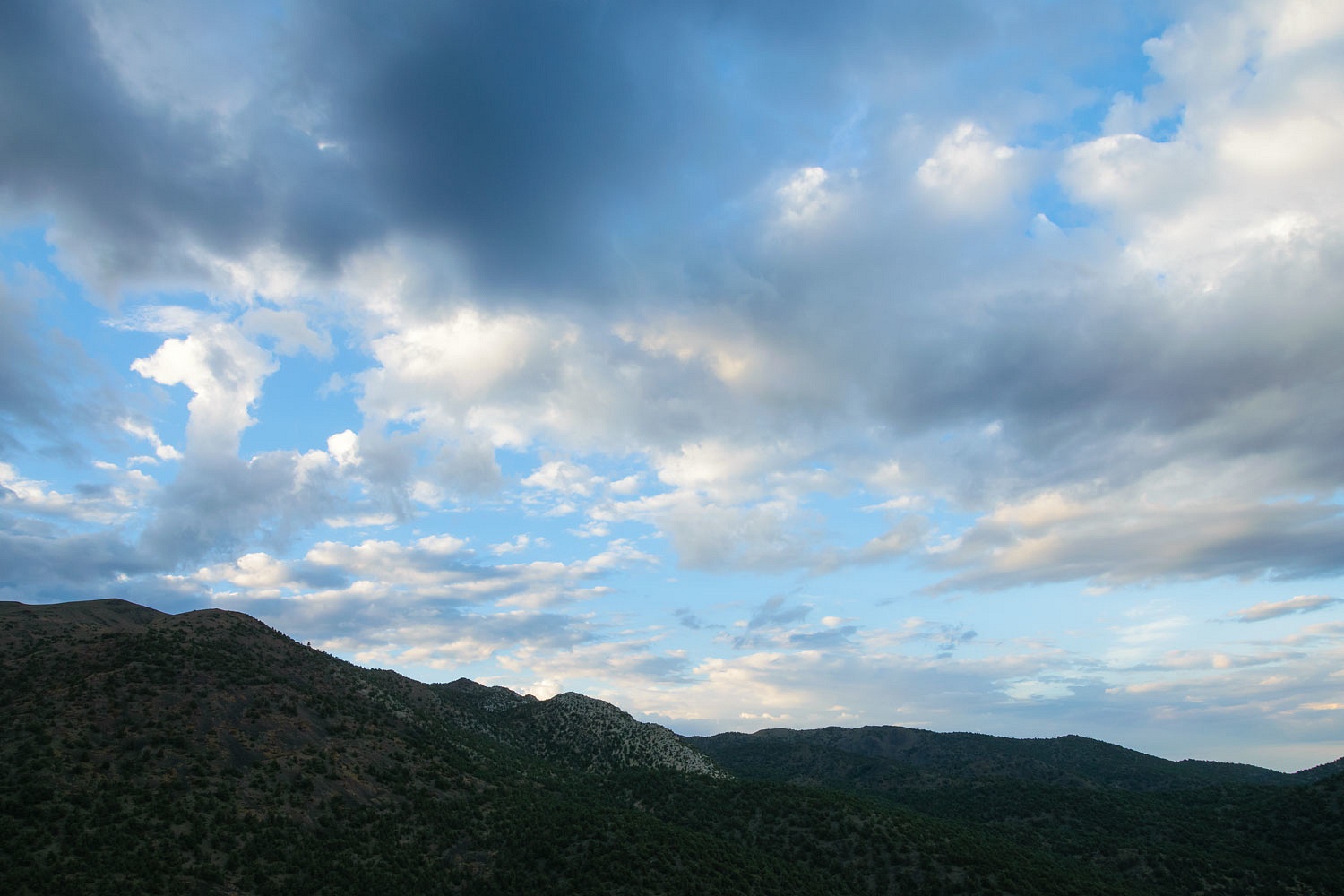
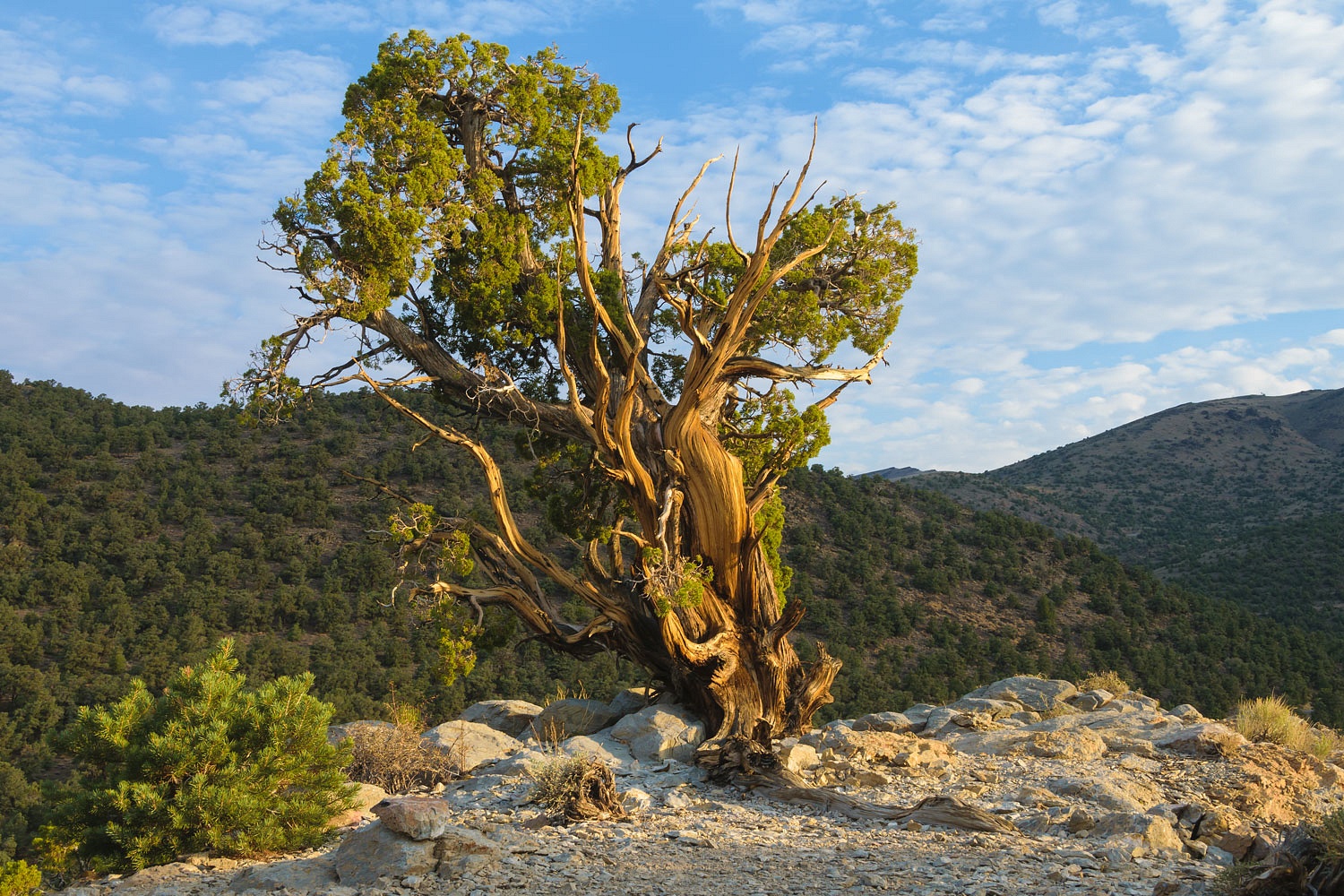
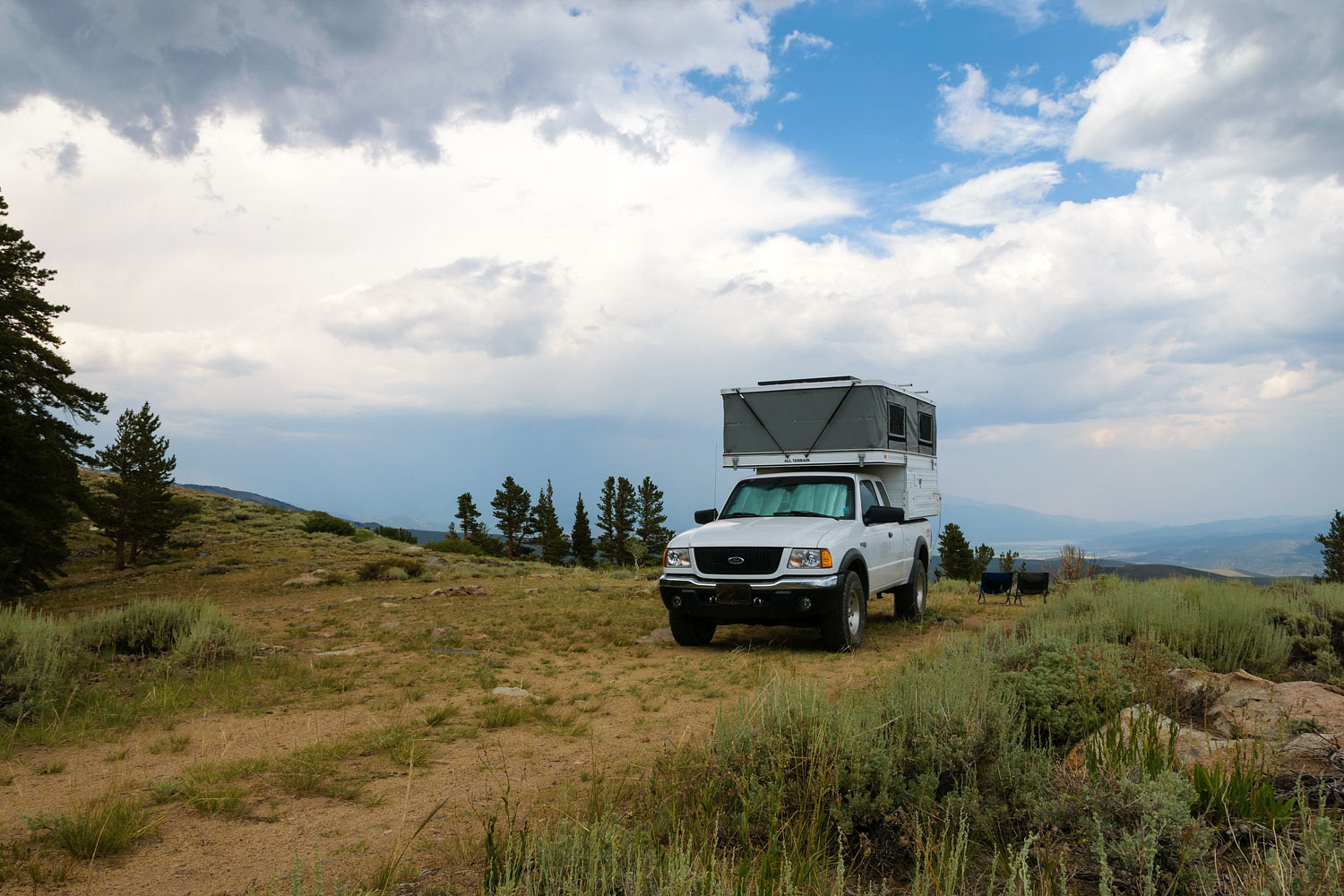
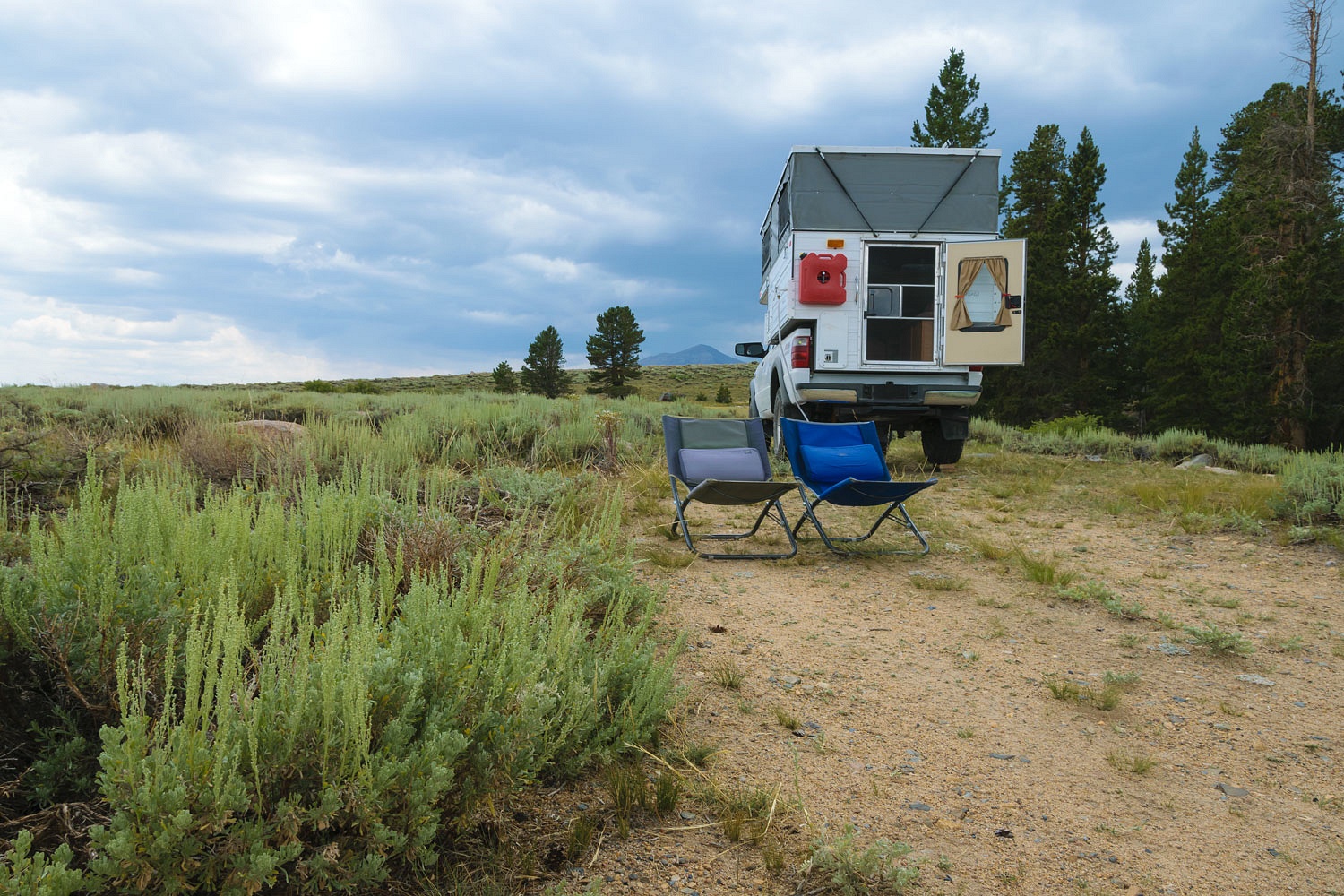
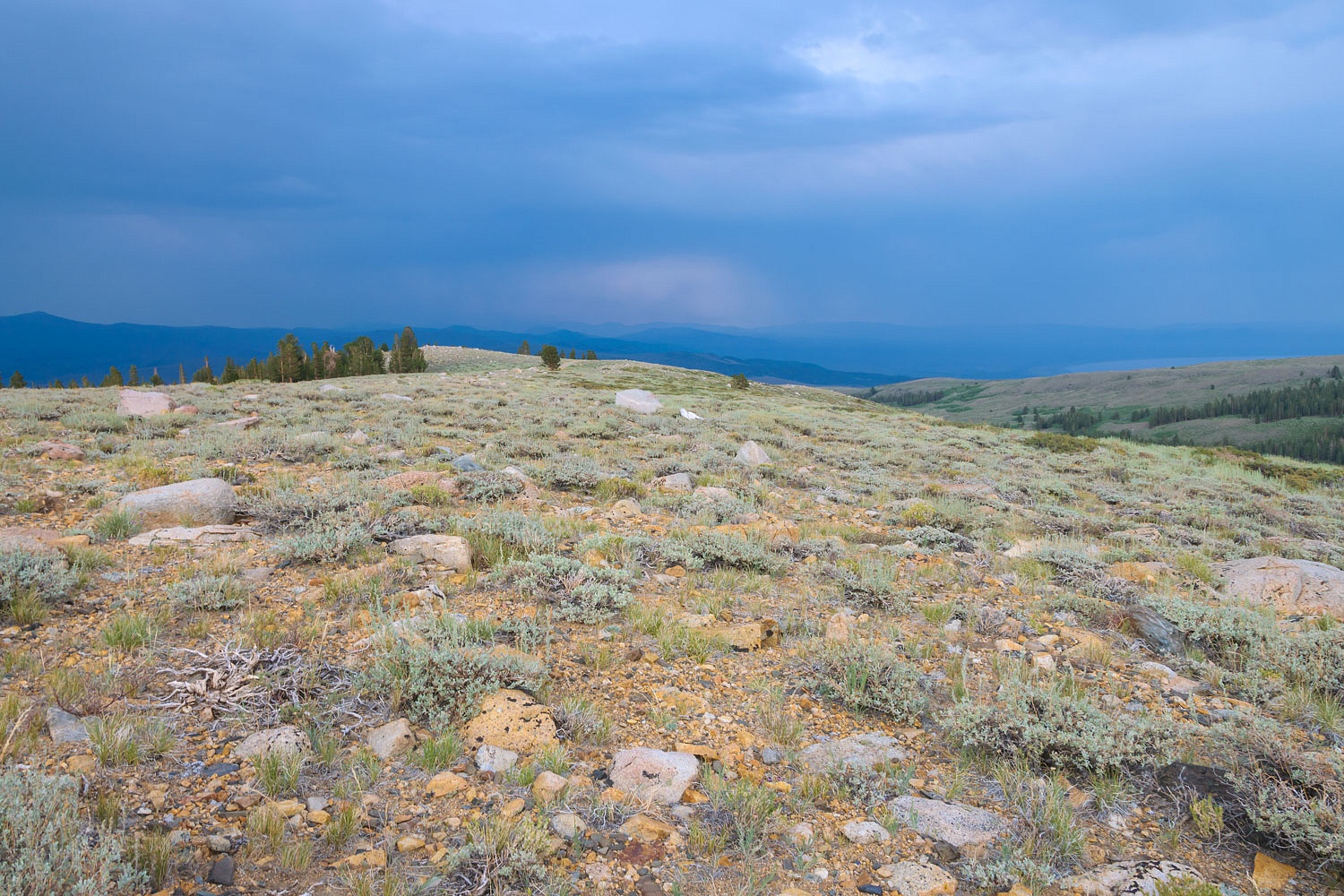
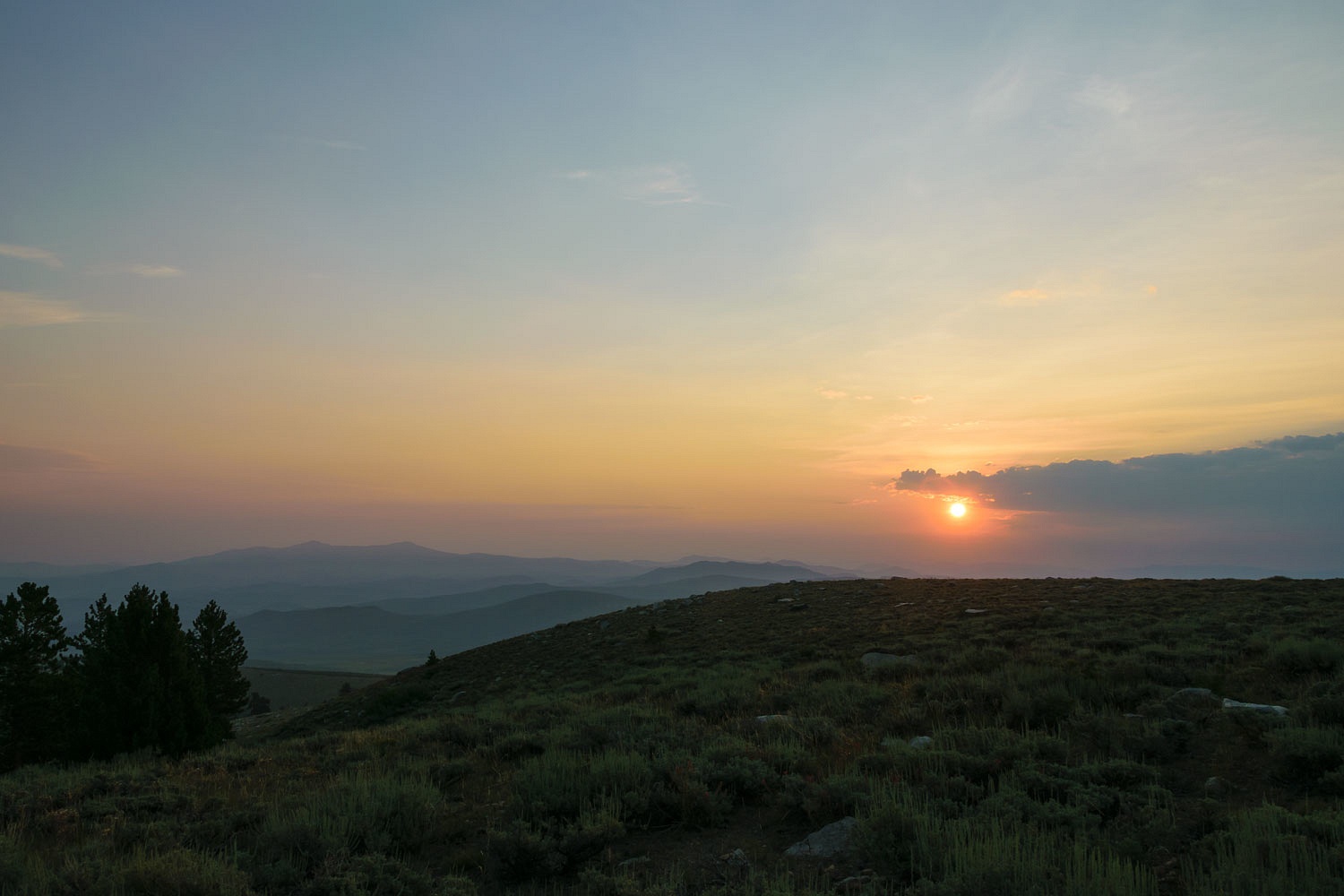
Congrats on the find and refined! That obsidian point is interesting, it’s a blunt that was probably made from a broken symmetric point. Thanks for letting me tag along!
ReplyDeleteThanks Mr. Sage, we are glad you enjoy following our explorations!
DeleteAnother fine Trip Report. And I learned a new word. Arrastra now I have something new to look for.
ReplyDeleteBill Harr
Thanks Bill! We're always glad to help with the learning. ;)
DeleteGreat shot of the Lady standing on a rock and looking out over the mountain ranges -- very inspiring!
ReplyDeleteThanks Dan! That is a dandy out of the way spot few will ever find.
Delete